

Awarded Top Voice 2023 & 2024 Thinkers360
Strategy Formulation, Execution and Innovation to Drive Results
Strategy Formulation – Leveraging proven frameworks like the Strategy Execution Premium Process (XPP), Play-to-Win (PTW), and Blue Ocean Strategy (BOS) to design tailored, effective strategies.
Strategy Execution – Implementing balanced scorecards and OKRs ensures plans become tangible outcomes.
Business Innovation – Rethinking how your organization creates, delivers, and captures value using frameworks such as Strategyzer and Lean Startup.
MBA Qualified, Palladium K&N Strategy Execution Premium Process (XPP) Accredited | BSI Balanced Scorecard Master Professional (BSMP) | Strategyzer & Leanstack Accredited | Blue Ocean Strategy & Senior OKR Accredited
----------------------------------
As the leader of your organisation, team, or department, your goals are clear:
• Deliver exceptional value to your customers
• Keep your team focused, motivated, and inspired
• Maintain a balance between performance and organisational health
• Align with long-term purpose and ensure sustainability
…and so much more
Even with a plan in mind, unexpected challenges often arise, derailing progress and keeping your organisation from reaching its full potential. Research shows that nearly two-thirds of strategic plans fail. To overcome these odds, you need an actionable and inspiring strategy that resonates with your employees and stakeholders.
I specialise in helping companies create and execute strategies and design winning business models that achieve this. When we work together, I’ll support you in sharpening your strategic and innovation skills, helping you define, refine, and implement the right plan for your organisation.
Whether it’s fine-tuning your current strategy or starting fresh, I bring proven tools and structured steps to guide the process. We’ll identify your pain points and uncover your most significant opportunities.
With academic expertise and in-depth, hands-on experience, my strength lies in transforming scattered ideas into a clear, cohesive strategy that your team will not only understand but wholeheartedly embrace.
Ready to explore what’s possible? Let’s connect over a virtual coffee!
For collaborations and inquiries, andrew.constable@visualisesolutions.co.uk
Explore more at: www.visualisesolutions.co.uk
Available For: Advising, Authoring, Consulting, Influencing, Speaking
Travels From: London (UK) - Virtual Formats Available
Speaking Topics: Strategy Formulation, Execution and Innovation
| Andrew Constable MBA, BSP | Points |
|---|---|
| Academic | 425 |
| Author | 697 |
| Influencer | 18 |
| Speaker | 52 |
| Entrepreneur | 175 |
| Total | 1367 |
Points based upon Thinkers360 patent-pending algorithm.
 Doctorate of Business Administration
Doctorate of Business Administration
Tags: Business Strategy, Design Thinking, Innovation
 Master of Science in Business Administration
Master of Science in Business Administration
Tags: Business Strategy, Innovation, Leadership
 Palladium K&N Strategy Execution Premium Process (XPP)
Palladium K&N Strategy Execution Premium Process (XPP)
Credential ID 25-2135
Tags: Business Strategy
 Balanced Scorecard Master Professional
Balanced Scorecard Master Professional
Tags: Business Strategy
 Blue Ocean Strategy Practitioner
Blue Ocean Strategy Practitioner
Tags: Business Strategy
 Balanced Scorecard Professional
Balanced Scorecard Professional
Tags: Business Strategy
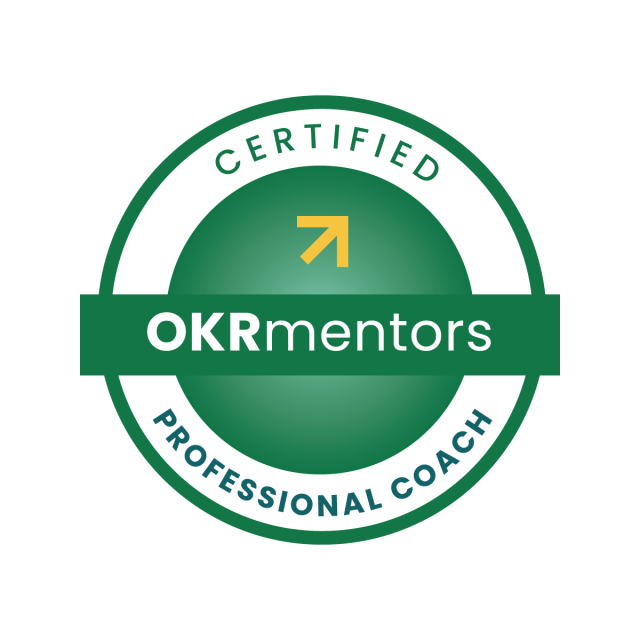 OKR Professional Coach - Expert
OKR Professional Coach - Expert
Credential ID grfgmp6rhe
Tags: Business Strategy, Innovation, Leadership
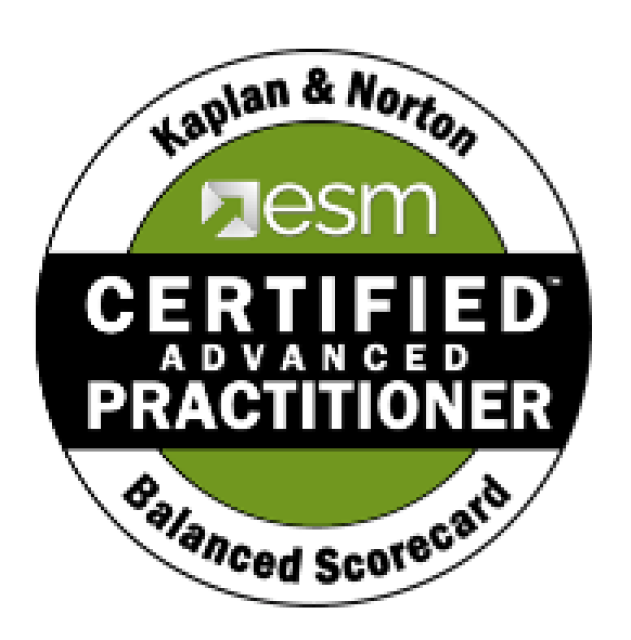 Balanced scorecard Advanced Practitioner
Balanced scorecard Advanced Practitioner
Tags: Business Strategy, Innovation, Leadership
Tags: Business Strategy, Innovation, Leadership
Tags: Business Strategy, Innovation, Leadership
 Oxford University Strategy
Oxford University Strategy
Credential ID 338497
Tags: Business Strategy, Design Thinking, Innovation
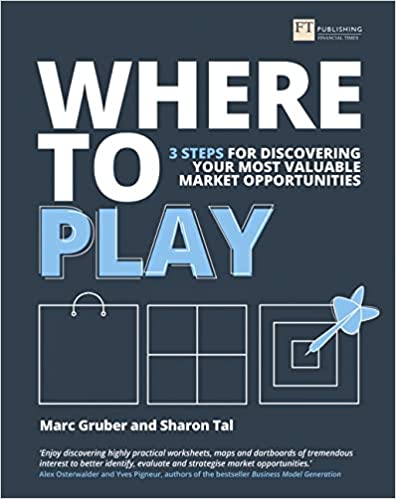 Where to Play Ambassador
Where to Play Ambassador
Tags: Business Strategy, Design Thinking, Innovation
 Oxford Executive Strategy Programme
Oxford Executive Strategy Programme
Tags: Business Strategy, Innovation, Leadership
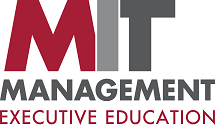 The innovation of Products and Services
The innovation of Products and Services
Credential ID 686161
Tags: Innovation, Leadership, Lean Startup
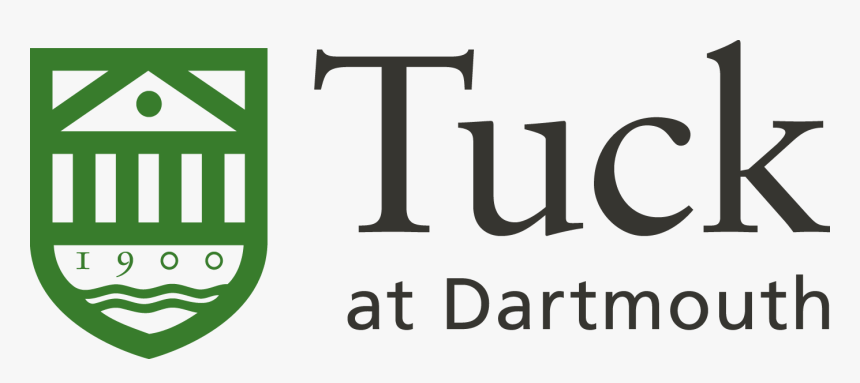 Strategy is Innovation
Strategy is Innovation
Credential ID 686162
Tags: Innovation, Leadership, Lean Startup
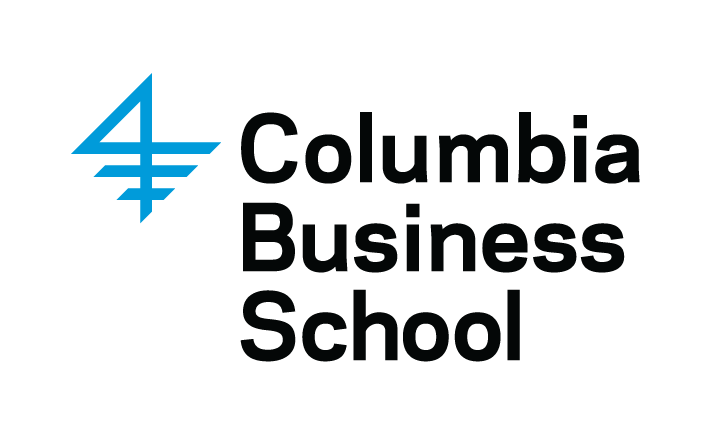 Breakthrough Innovation
Breakthrough Innovation
Credential ID 686160
Tags: Innovation, Leadership, Lean Startup
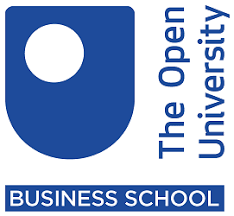 Master of Business Administration (MBA)
Master of Business Administration (MBA)
Credential ID 684105
Tags: Business Strategy, Innovation, Leadership
 IBM Enterprise Design Thinking Co-Creator
IBM Enterprise Design Thinking Co-Creator
Tags: Business Strategy, Design Thinking, Innovation
 BB842 Creative Management & Strategy
BB842 Creative Management & Strategy
Tags: Innovation, Business Strategy, Creativity
 BB844 Marketing Strategy
BB844 Marketing Strategy
Tags: Business Strategy, Innovation, Leadership
 Dynamics of Strategy & Innovation
Dynamics of Strategy & Innovation
Tags: Business Strategy, Innovation, Leadership
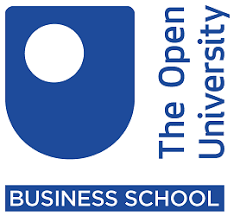 Corporate Finance Strategy
Corporate Finance Strategy
Tags: Business Strategy, Leadership, Management
 Supply Chain Strategy and Management
Supply Chain Strategy and Management
Tags: Business Strategy, Innovation, Supply Chain
 Postgraduate Diploma Innovation and Design Thinking
Postgraduate Diploma Innovation and Design Thinking
Tags: Business Strategy, Design Thinking, Innovation
Tags: Business Strategy, Innovation, Leadership
 The Oxford Guild Business Society
The Oxford Guild Business Society
Tags: Design Thinking, Innovation, Business Strategy
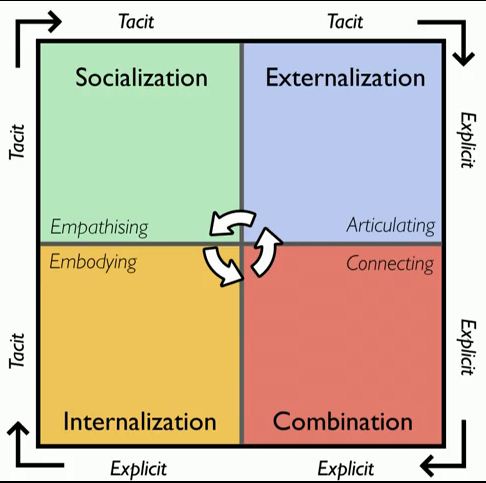 Knowledge creation and management within organisations
Knowledge creation and management within organisations
Tags: Business Strategy, Innovation, Leadership
Tags: Innovation, Lean Startup, Leadership
Tags: Innovation, Lean Startup, Leadership
 The CEO’s Dirty Little Strategy Secret
The CEO’s Dirty Little Strategy Secret
Tags: Innovation, Lean Startup, Leadership
 Why You Need Just One Strategy
Why You Need Just One Strategy
Tags: Innovation, Lean Startup, Leadership
 Spot Key Shifts in Business Landscapes
Spot Key Shifts in Business Landscapes
Tags: Innovation, Lean Startup, Leadership
 Does Your Company Truly Matter?
Does Your Company Truly Matter?
Tags: Innovation, Lean Startup, Leadership
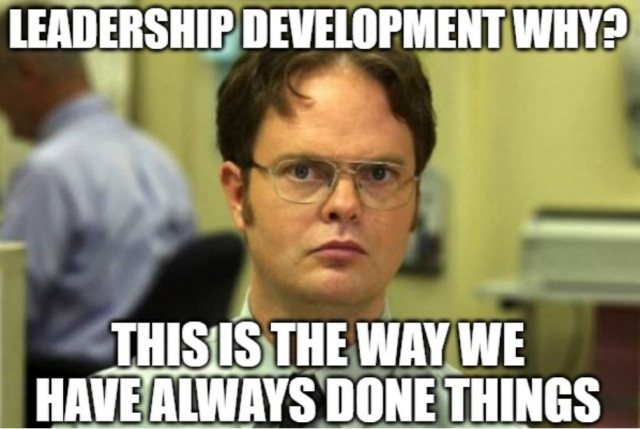 Simple Question: Does Your Company Truly Matter?
Simple Question: Does Your Company Truly Matter?
Tags: Business Strategy, Innovation, Leadership
Tags: Innovation, Lean Startup, Leadership
 The Benefits of Using OKRs to Develop and Improve Culture
The Benefits of Using OKRs to Develop and Improve Culture
Tags: Business Strategy, Innovation, Leadership
 Jamming Your Way to Success: Understanding Strategy Jams
Jamming Your Way to Success: Understanding Strategy Jams
Tags: Innovation, Lean Startup, Leadership
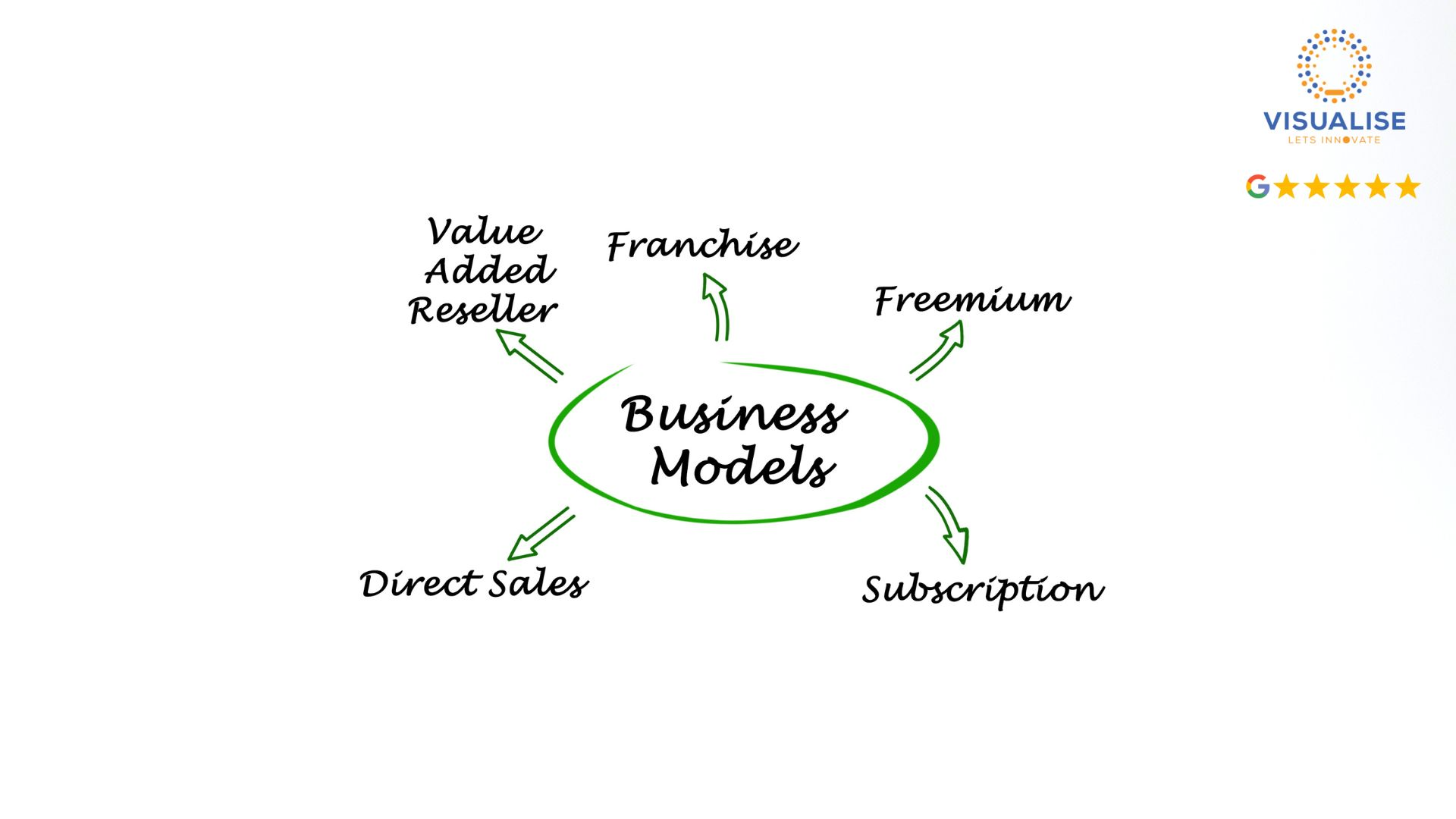 5 Innovative Ways to Transform Your Business Model
5 Innovative Ways to Transform Your Business Model
Tags: Business Strategy, Innovation, Leadership
 Stop! Before you chase Product-Market Fit
Stop! Before you chase Product-Market Fit
Tags: Business Strategy, Innovation, Lean Startup
 OKRs Demystified: Understanding The Buzz to Help Startups & SMEs
OKRs Demystified: Understanding The Buzz to Help Startups & SMEs
Tags: Innovation, Lean Startup, Leadership
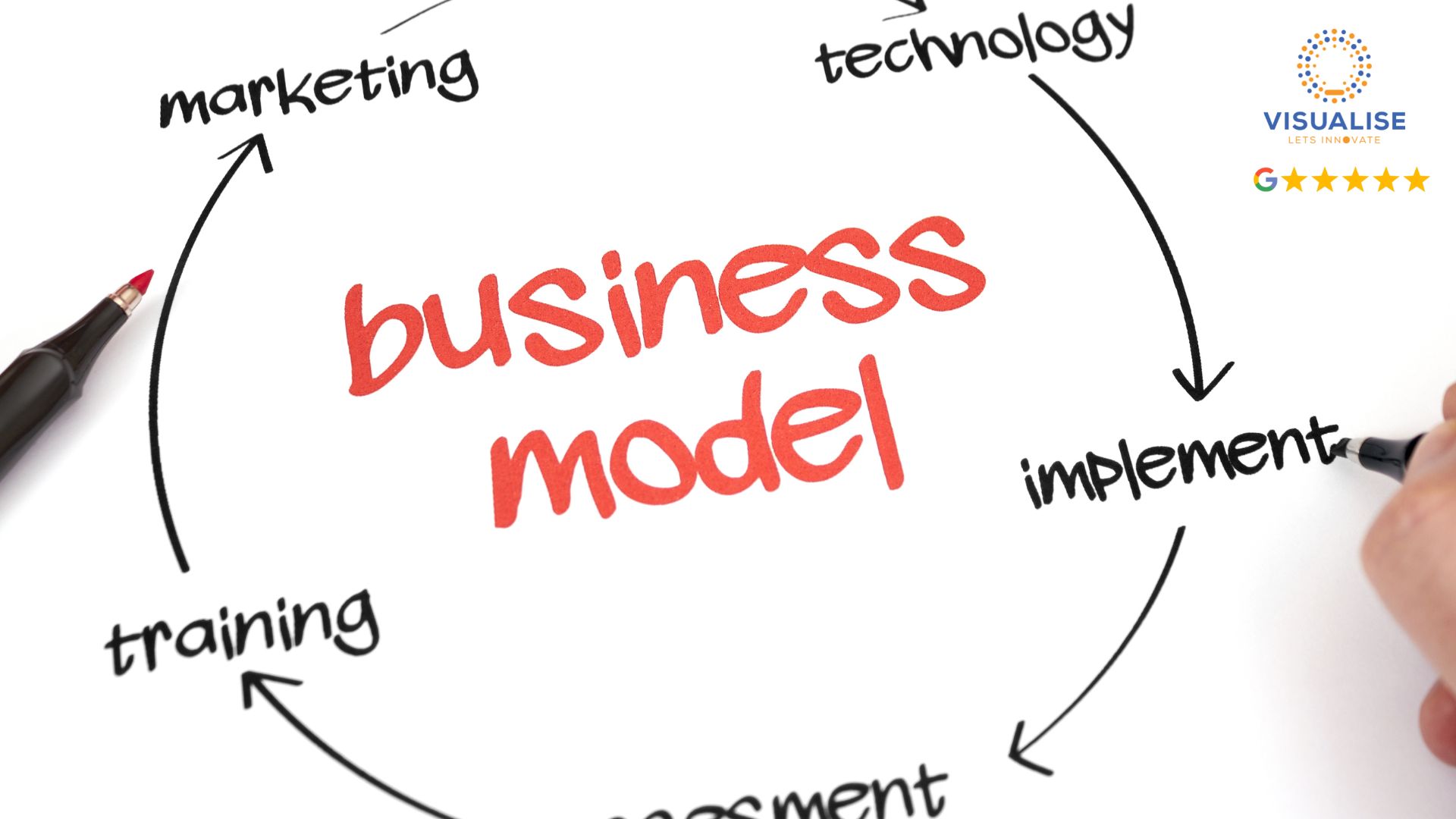 The Importance of Using Business Model Design
The Importance of Using Business Model Design
Tags: Innovation, Lean Startup, Business Strategy, Design
 Early-Stage Companies, Stop Chasing The Next Shiny Object: Use OKRs To Focus
Early-Stage Companies, Stop Chasing The Next Shiny Object: Use OKRs To Focus
Tags: Innovation, Leadership, Lean Startup
 What OKRs Are, And How To Avoid Three Common OKR Mistakes
What OKRs Are, And How To Avoid Three Common OKR Mistakes
Tags: Innovation, Leadership, Lean Startup
 Product-Market Fit Is Crucial But Don’t Forget About What Should Come First
Product-Market Fit Is Crucial But Don’t Forget About What Should Come First
Tags: Innovation, Leadership, Lean Startup
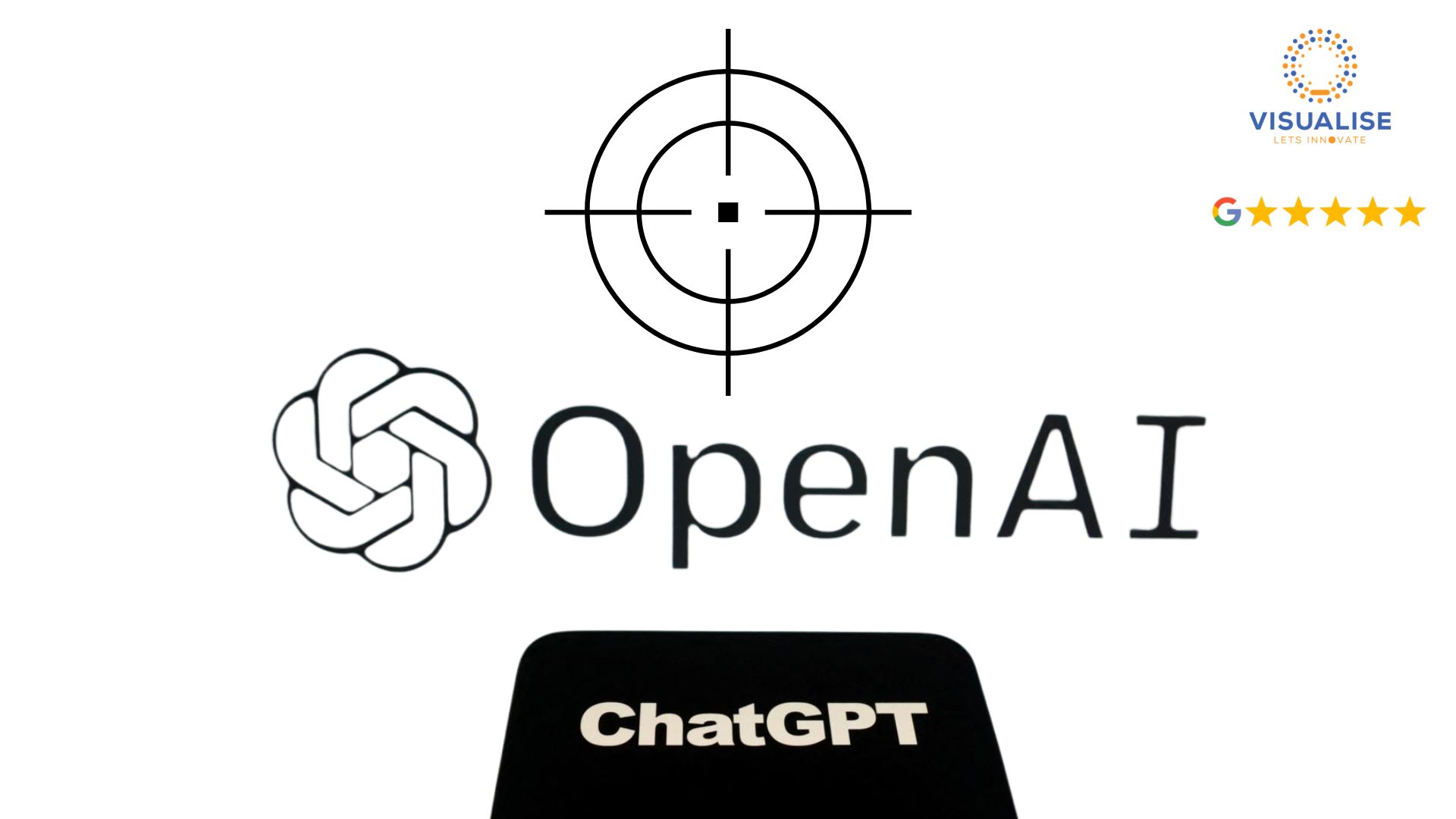 Discover Growth with ChatGPT & Market Opportunity Navigator
Discover Growth with ChatGPT & Market Opportunity Navigator
Tags: Innovation, Leadership, Lean Startup
 OKRs Demystified: Understanding the Buzz
OKRs Demystified: Understanding the Buzz
Tags: Innovation, Leadership, Lean Startup
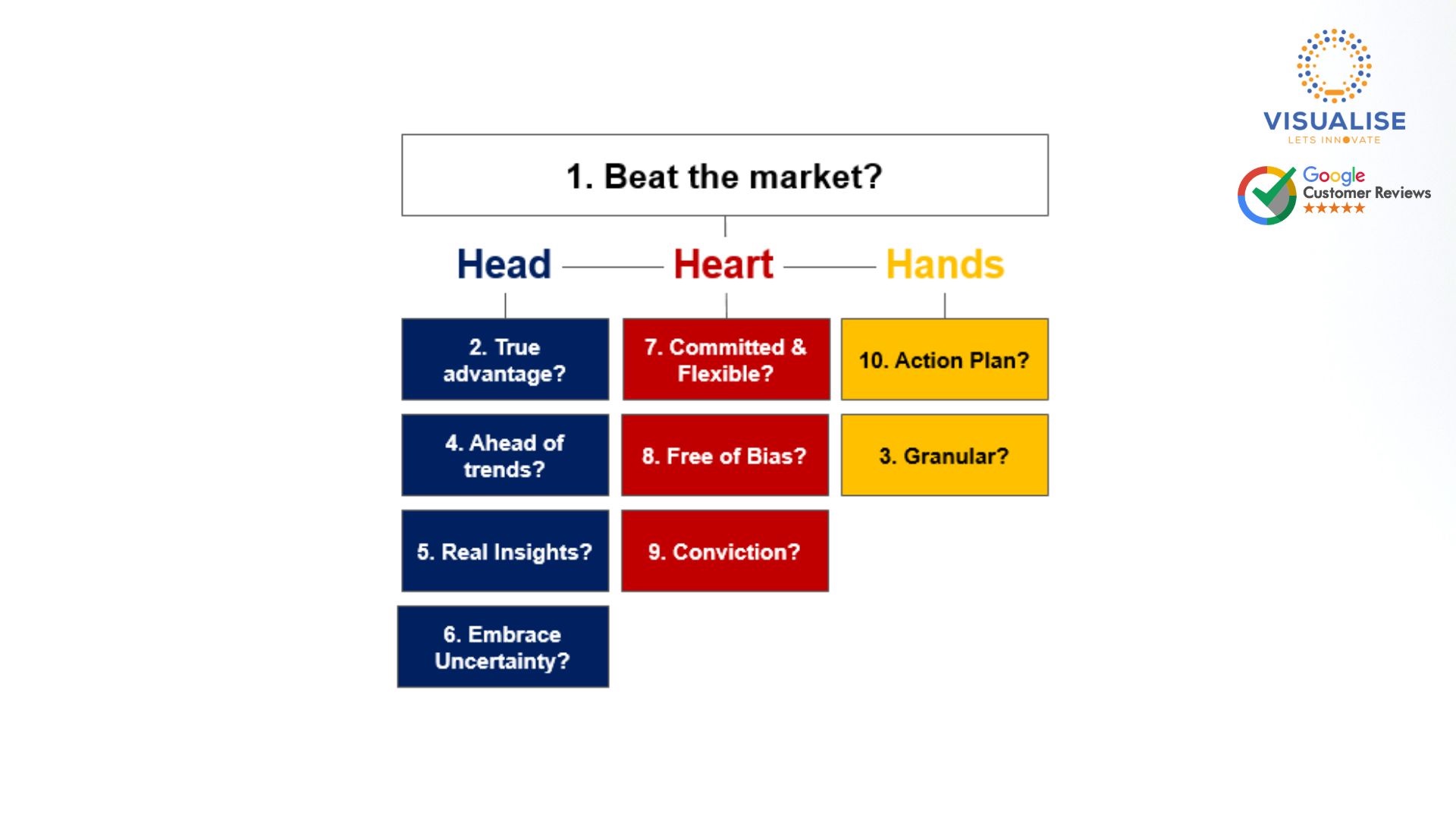 Most Companies Strategies Pass Fewer Than 4 of 10 Tests
Most Companies Strategies Pass Fewer Than 4 of 10 Tests
Tags: Innovation, Leadership, Lean Startup
 Say Hello to the Newest Business Acronym: BANI
Say Hello to the Newest Business Acronym: BANI
Tags: Innovation, Leadership, Lean Startup
 The Rule of 40% for a Successful Business
The Rule of 40% for a Successful Business
Tags: Innovation, Leadership, Lean Startup
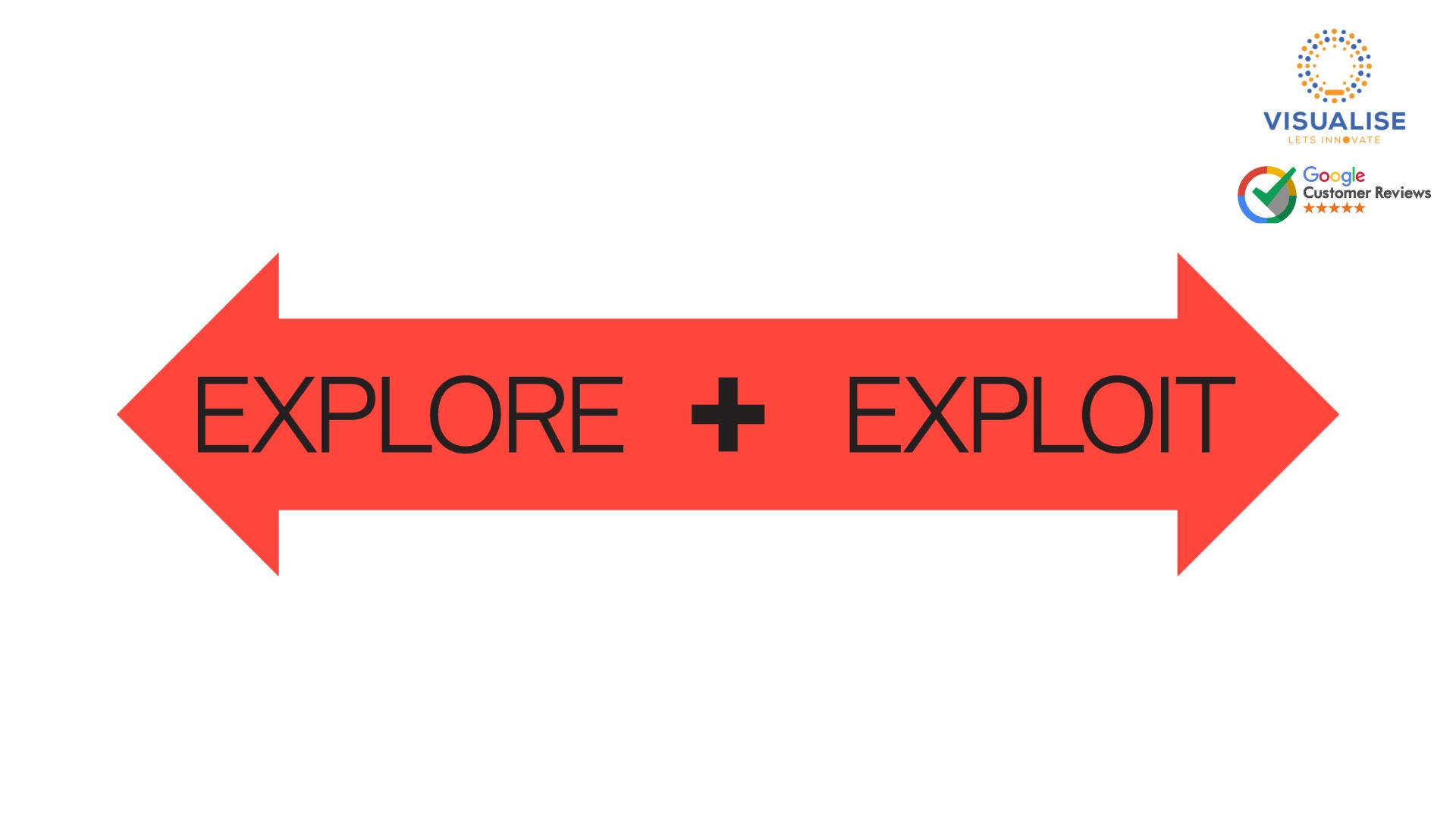 How Ambidexterity Can Give Your Business the Edge
How Ambidexterity Can Give Your Business the Edge
Tags: Innovation, Leadership, Lean Startup
 The Startup Challenge
The Startup Challenge
Tags: Innovation, Leadership, Lean Startup
 The Key to Achieving Strategic Success
The Key to Achieving Strategic Success
Tags: Innovation, Leadership, Lean Startup
 Choosing Meaningful KPIs for Strategy Execution
Choosing Meaningful KPIs for Strategy Execution
Tags: Business Strategy, Innovation, Leadership
 Closing the Strategy-Execution Gap
Closing the Strategy-Execution Gap
Tags: Business Strategy, Innovation, Leadership
 Happy New Year! Tough Choices, Tangible Results!
Happy New Year! Tough Choices, Tangible Results!
Tags: Business Strategy, Innovation, Leadership
 The Power of Learning in Business Strategy
The Power of Learning in Business Strategy
Tags: Business Strategy, Innovation, Leadership
 The Granddaddy of all Strategy Mistakes!
The Granddaddy of all Strategy Mistakes!
Tags: Business Strategy, Innovation, Leadership
 Embrace the "Beginner’s Mindset"
Embrace the "Beginner’s Mindset"
Tags: Business Strategy, Innovation, Leadership
 The Essential Interplay Between Strategy and Leadership
The Essential Interplay Between Strategy and Leadership
Tags: Business Strategy, Innovation, Leadership
 Why Strategy Is Only as Good as Its Execution
Why Strategy Is Only as Good as Its Execution
Tags: Business Strategy, Innovation, Leadership
 Breaking the Value-Cost Trade-Off
Breaking the Value-Cost Trade-Off
Tags: Business Strategy, Innovation, Leadership
 The Alchemy of Growth – 3 Horizons
The Alchemy of Growth – 3 Horizons
Tags: Business Strategy, Innovation, Leadership
 Harnessing Strategic Foresight for Future Success
Harnessing Strategic Foresight for Future Success
Tags: Business Strategy, Innovation, Leadership
 Innovating Your Business Model
Innovating Your Business Model
Tags: Business Strategy, Innovation, Leadership
 Innovating at the Intersection
Innovating at the Intersection
Tags: Business Strategy, Innovation, Leadership
 Leveraging the De Bono 6 Hats Method for Strategic Thinking
Leveraging the De Bono 6 Hats Method for Strategic Thinking
Tags: Business Strategy, Innovation, Leadership
 What Is Your Competitive Advantage?
What Is Your Competitive Advantage?
Tags: Business Strategy, Innovation, Leadership
 Five Disqualifiers of Strategy
Five Disqualifiers of Strategy
Tags: Business Strategy, Innovation, Leadership
 Spot Key Shifts in Business Landscapes
Spot Key Shifts in Business Landscapes
Tags: Business Strategy, Innovation, Leadership
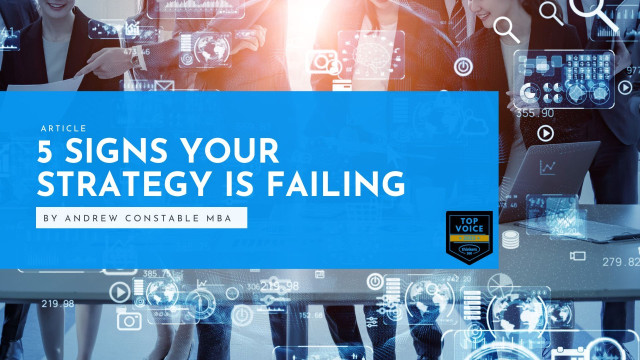 5 Signs Your Strategy Is Failing
5 Signs Your Strategy Is Failing
Tags: Business Strategy, Innovation, Leadership
 The Strategic Role of Attention in Business Transformation
The Strategic Role of Attention in Business Transformation
Tags: Business Strategy, Innovation, Leadership
 Examining the Innovation Landscape of 2024: ESG, AI, and the Advancement of Industry 5.0
Examining the Innovation Landscape of 2024: ESG, AI, and the Advancement of Industry 5.0
Tags: Business Strategy, Leadership, Innovation
 A Business Model Innovation Fable
A Business Model Innovation Fable
Tags: Business Strategy, Leadership, Innovation
 Unleash Success: Stay Ahead of the Curve with Business Model Innovation
Unleash Success: Stay Ahead of the Curve with Business Model Innovation
Tags: Business Strategy, Innovation
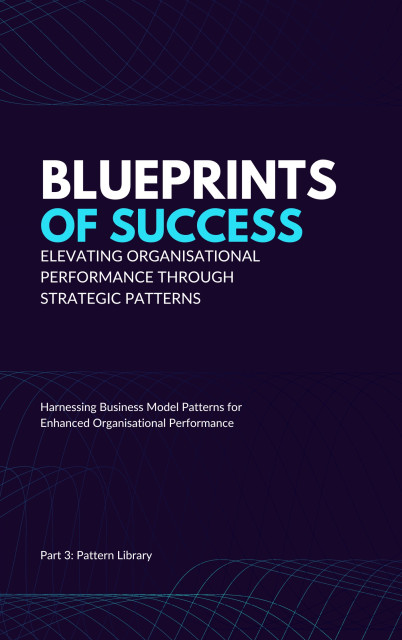 Blueprints of Success: Harnessing Business Model Patterns for Enhanced Organisational Performance Part 3
Blueprints of Success: Harnessing Business Model Patterns for Enhanced Organisational Performance Part 3
Tags: Business Strategy, Innovation, Leadership
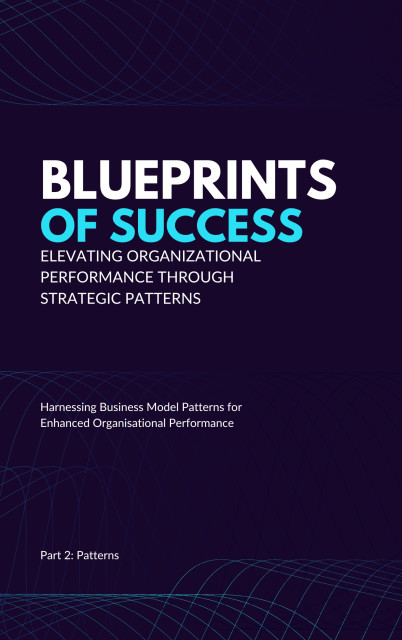 Blueprints of Success: Harnessing Business Model Patterns for Enhanced Organisational Performance Part 2
Blueprints of Success: Harnessing Business Model Patterns for Enhanced Organisational Performance Part 2
Tags: Business Strategy, Innovation, Leadership
 NOW and NEW: How Companies Can Use Their Capabilities For Scaling Innovation and Generating New Growth
NOW and NEW: How Companies Can Use Their Capabilities For Scaling Innovation and Generating New Growth
Tags: Business Strategy, Innovation, Leadership
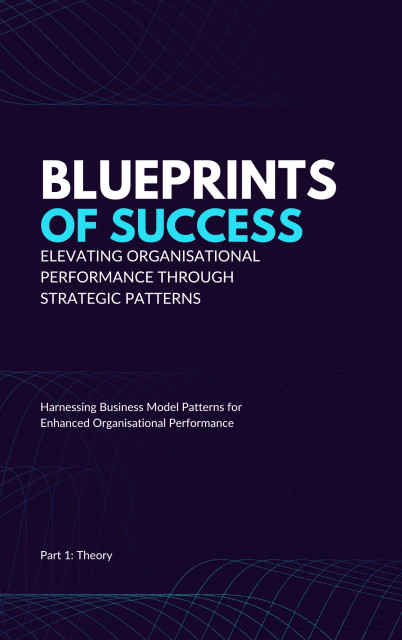 Blueprints of Success: Harnessing Business Model Patterns for Enhanced Organisational Performance Part 1: Theory
Blueprints of Success: Harnessing Business Model Patterns for Enhanced Organisational Performance Part 1: Theory
Tags: Business Strategy, Design Thinking, Innovation
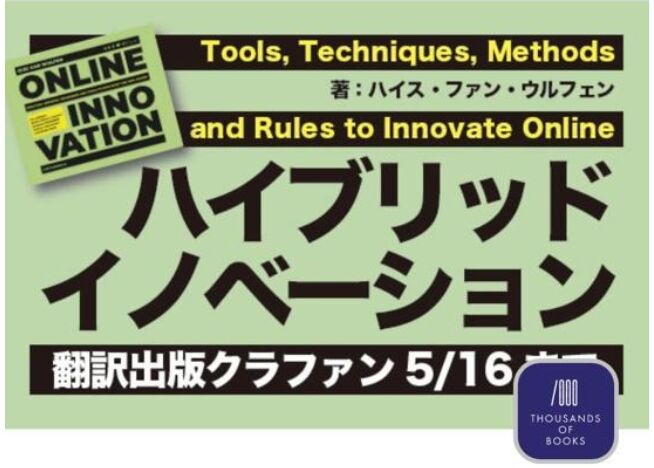 Hybrid Innovation
Hybrid Innovation
Tags: Business Strategy, Innovation, Lean Startup
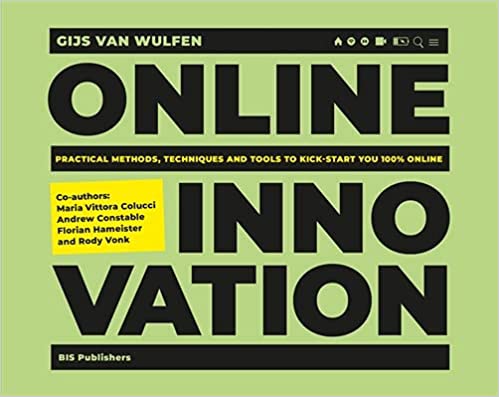 Online Innovation
Online Innovation
Tags: Business Strategy, Innovation, Leadership
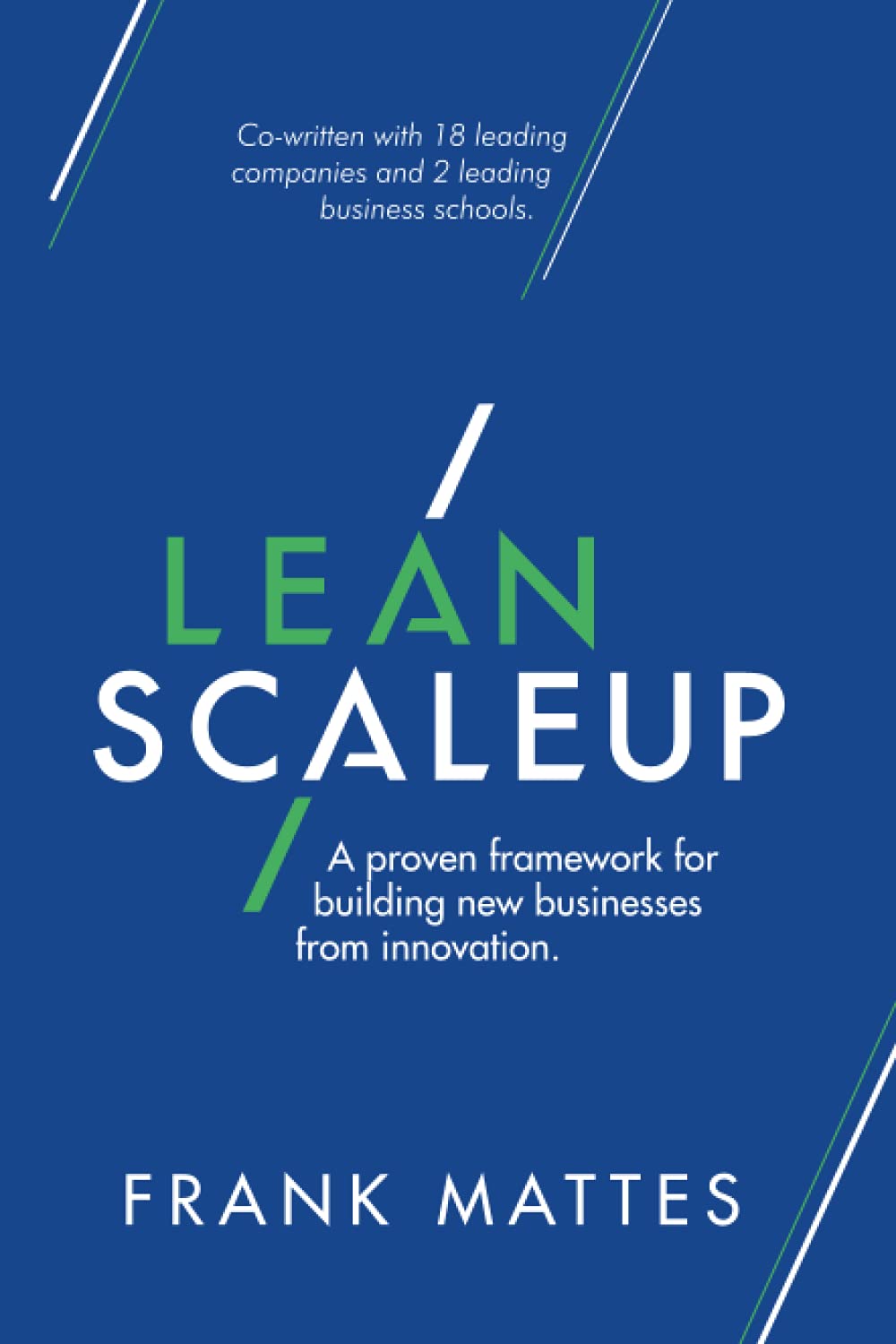 Lean Scaleup: A proven framework for building new businesses from innovation
Lean Scaleup: A proven framework for building new businesses from innovation
Tags: Innovation, Lean Startup, Business Strategy
 Try This
Try This
Tags: Business Strategy, Innovation, Leadership
 Online Seminar Japan: Get the latest information on hybrid innovation in the world
Online Seminar Japan: Get the latest information on hybrid innovation in the world
Tags: Business Strategy, Design Thinking, Innovation
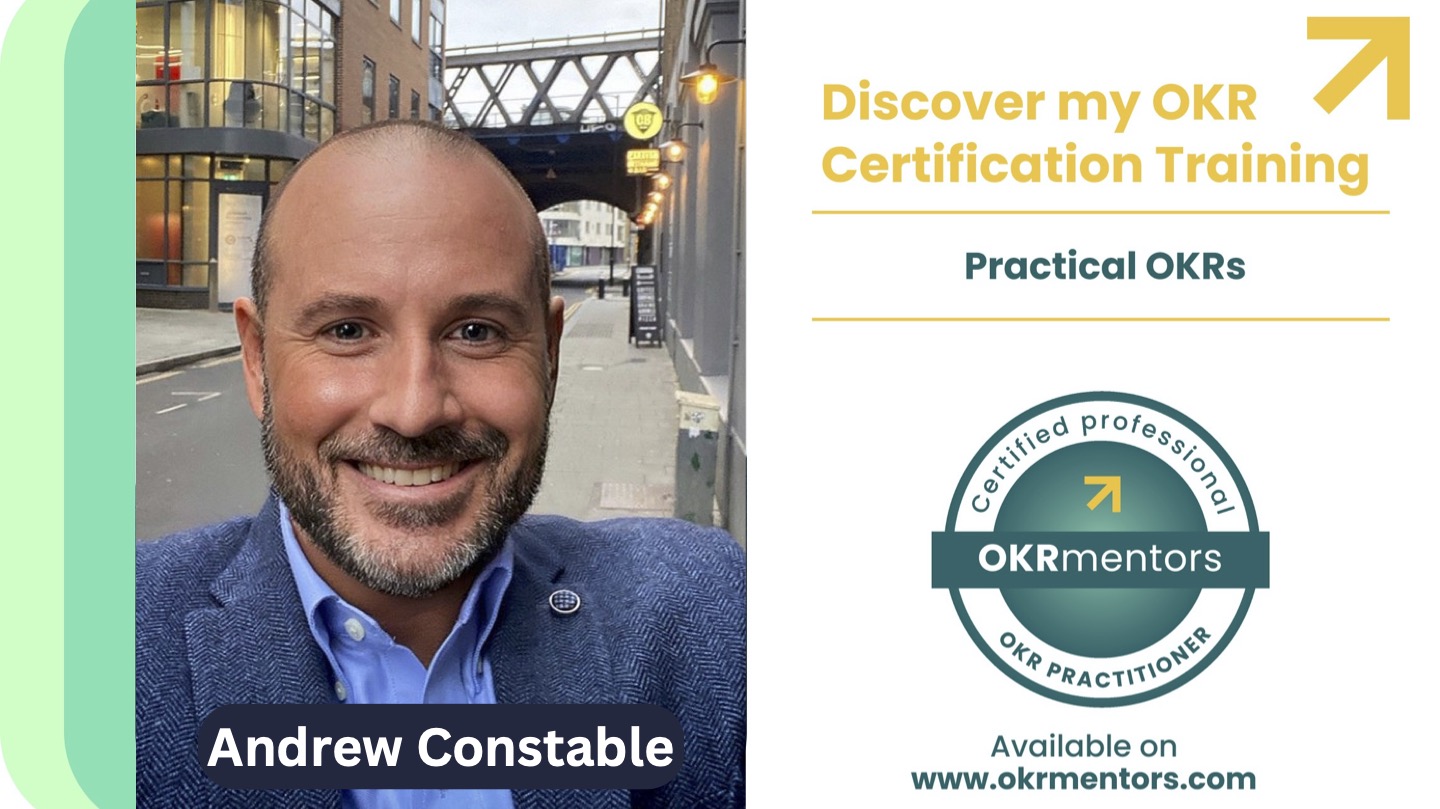 Practical OKRs eLearning Programme
Practical OKRs eLearning Programme
Tags: Business Strategy, Innovation, Leadership
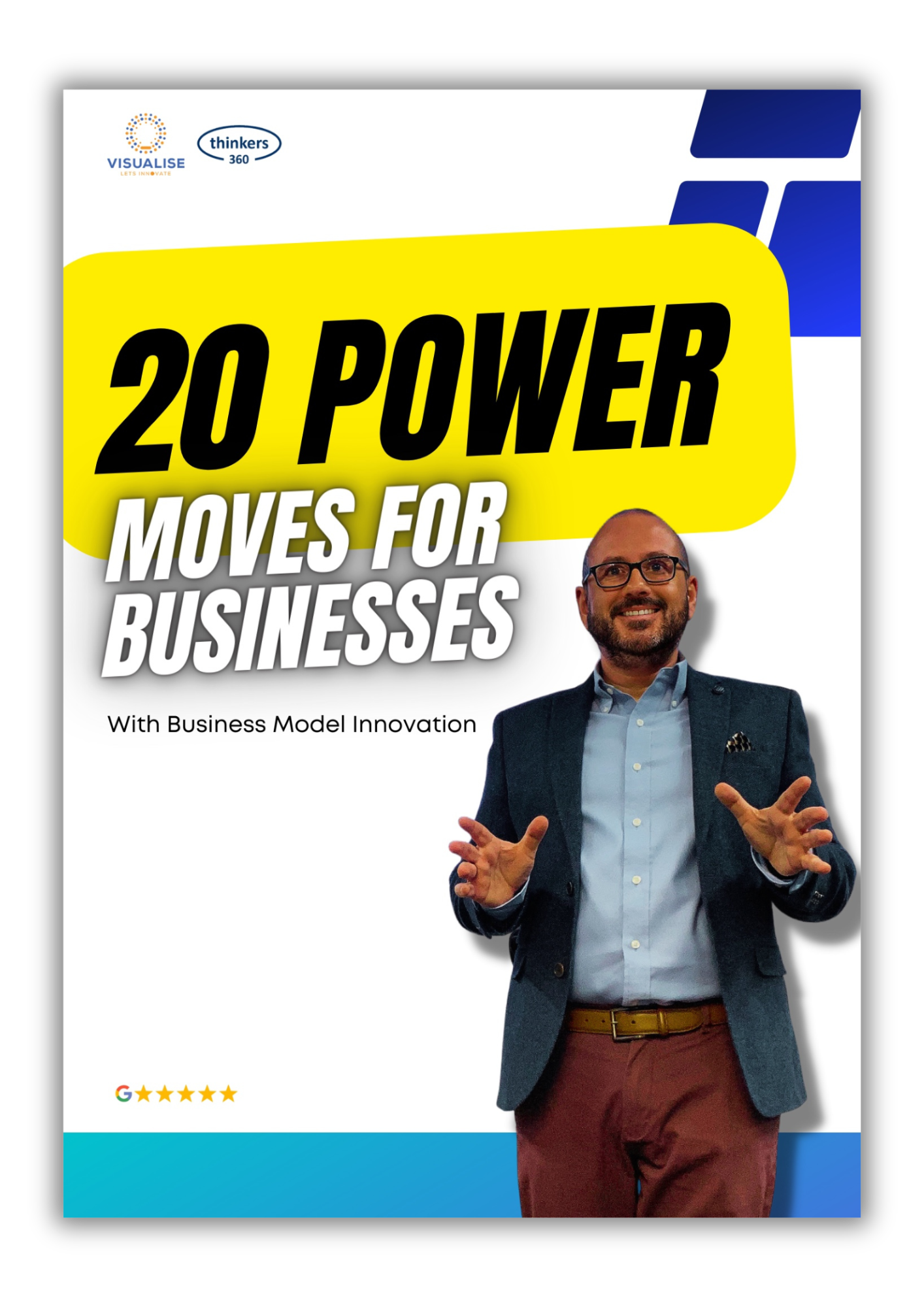 20 Power Moves for Businesses - With Business Model Innovation
20 Power Moves for Businesses - With Business Model Innovation
Tags: Business Strategy, Design Thinking, Innovation
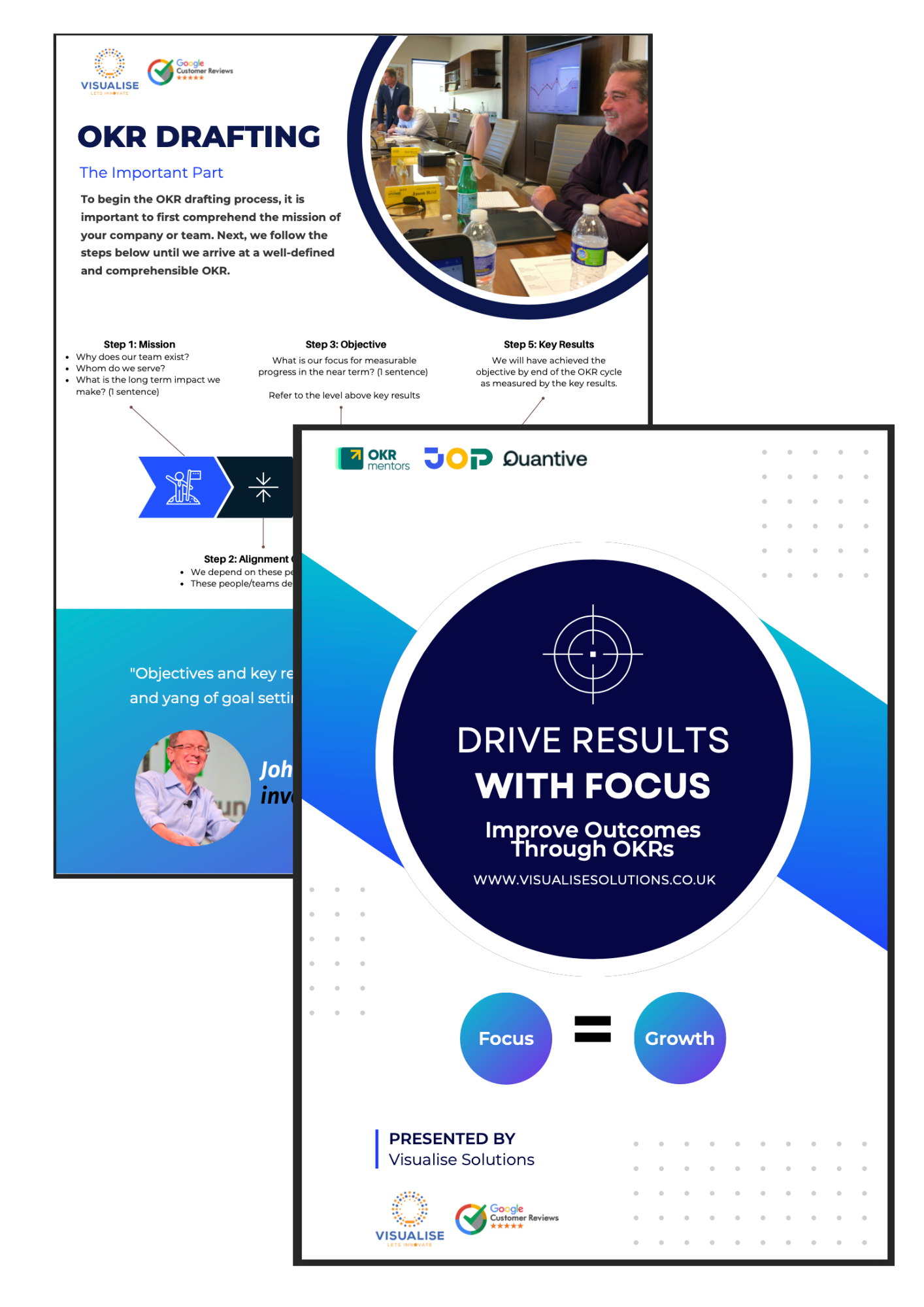 Drive Results With Focus
Drive Results With Focus
Tags: Business Strategy, Innovation, Leadership
 Level 3 Coaching Lean
Level 3 Coaching Lean
Tags: Business Strategy, Innovation, Leadership
 OKR Professional Coach - Expert
OKR Professional Coach - Expert
Tags: Business Strategy, Innovation, Leadership
 Advanced Balanced Scorecard Professional
Advanced Balanced Scorecard Professional
Tags: Business Strategy, Innovation, Leadership
 Leanstack Certified Innovation Coach
Leanstack Certified Innovation Coach
Tags: Innovation, Leadership, Lean Startup
 Strategyzer Certified Innovation Coach
Strategyzer Certified Innovation Coach
Tags: Business Strategy, Innovation, Leadership
 Where to Play Certified Consultant
Where to Play Certified Consultant
Credential ID 21a8e1f481e73c7e7d9b8f154930b010
Tags: Business Strategy, Innovation, Lean Startup
 OKR Certified Coach and Instructor
OKR Certified Coach and Instructor
Tags: Business Strategy, Innovation, Leadership
 Data-Driven Product Management Strategy
Data-Driven Product Management Strategy
Tags: Analytics, Business Strategy, Innovation
 Certified Innovation Pretotyper
Certified Innovation Pretotyper
Credential ID sya3q0xwje
Tags: Design Thinking, Innovation, Lean Startup
 Certified FORTH Innovation Method Facilitator
Certified FORTH Innovation Method Facilitator
Tags: Design Thinking, Innovation, Leadership
 Mastering Testing Business Ideas Masterclass
Mastering Testing Business Ideas Masterclass
Tags: Business Strategy, Design Thinking, Innovation
 Mastering Value Propositions Masterclass
Mastering Value Propositions Masterclass
Tags: Business Strategy, Design Thinking, Innovation
 Mastering Business Models Masterclass
Mastering Business Models Masterclass
Tags: Business Strategy, Design Thinking, Innovation
 Design Sprint Practitioner AJSmart
Design Sprint Practitioner AJSmart
Tags: Business Strategy, Design Thinking, Innovation
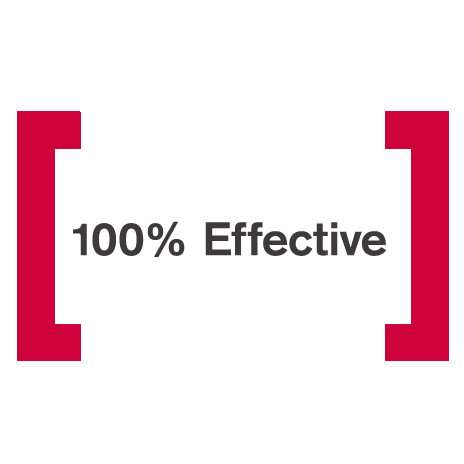 Lean Six Sigma Black Belt
Lean Six Sigma Black Belt
Credential ID 002497
Tags: Business Continuity, Change Management, Innovation
 Forbes Magazine Council Member
Forbes Magazine Council Member
Tags: Innovation, Leadership, Lean Startup
 Top Voice 2024
Top Voice 2024
Tags: Business Strategy
 Top Voice 2023
Top Voice 2023
Tags: Business Strategy
 Top Voice EMEA 2024
Top Voice EMEA 2024
Tags: Business Strategy
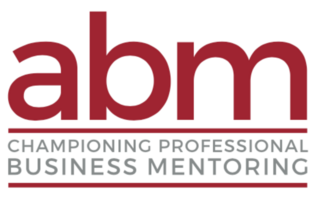 ABM Full Member
ABM Full Member
Tags: Innovation
 ISPIM (The International Society for Professional Innovation Management) - Full Member
ISPIM (The International Society for Professional Innovation Management) - Full Member
Tags: Innovation
 Innovation Fellow
Innovation Fellow
Tags: Innovation
 Above the Bottom Line!
Above the Bottom Line!
Tags: Business Strategy, Innovation, Leadership
 Startup Weekend Coach
Startup Weekend Coach
Tags: Innovation, Lean Startup, Startups
 A spotlight on a Where to Play Ambassador: Interview with Andrew Constable, London Area
A spotlight on a Where to Play Ambassador: Interview with Andrew Constable, London Area
Tags: Business Strategy, Innovation, Leadership
 Senior Market Opportunity Strategy Coach
Senior Market Opportunity Strategy Coach
Tags: Business Strategy, Innovation, Lean Startup
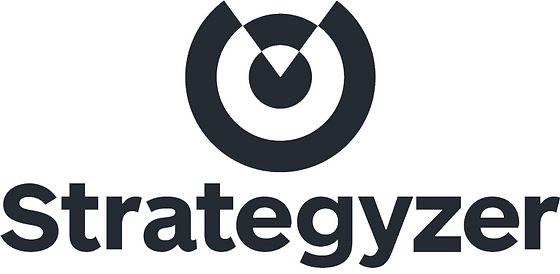 Innovation Coach
Innovation Coach
Tags: Business Strategy, Innovation, Lean Startup
 Leanstack Mentor
Leanstack Mentor
Tags: Business Strategy, Innovation, Lean Startup

Tags: Business Strategy, Innovation, Lean Startup
Tags: Business Strategy, Design Thinking, Innovation
 Speaker at the GLOBAL STRATEGY EXECUTION SUMMIT
Speaker at the GLOBAL STRATEGY EXECUTION SUMMIT
Tags: Business Strategy, Innovation, Leadership
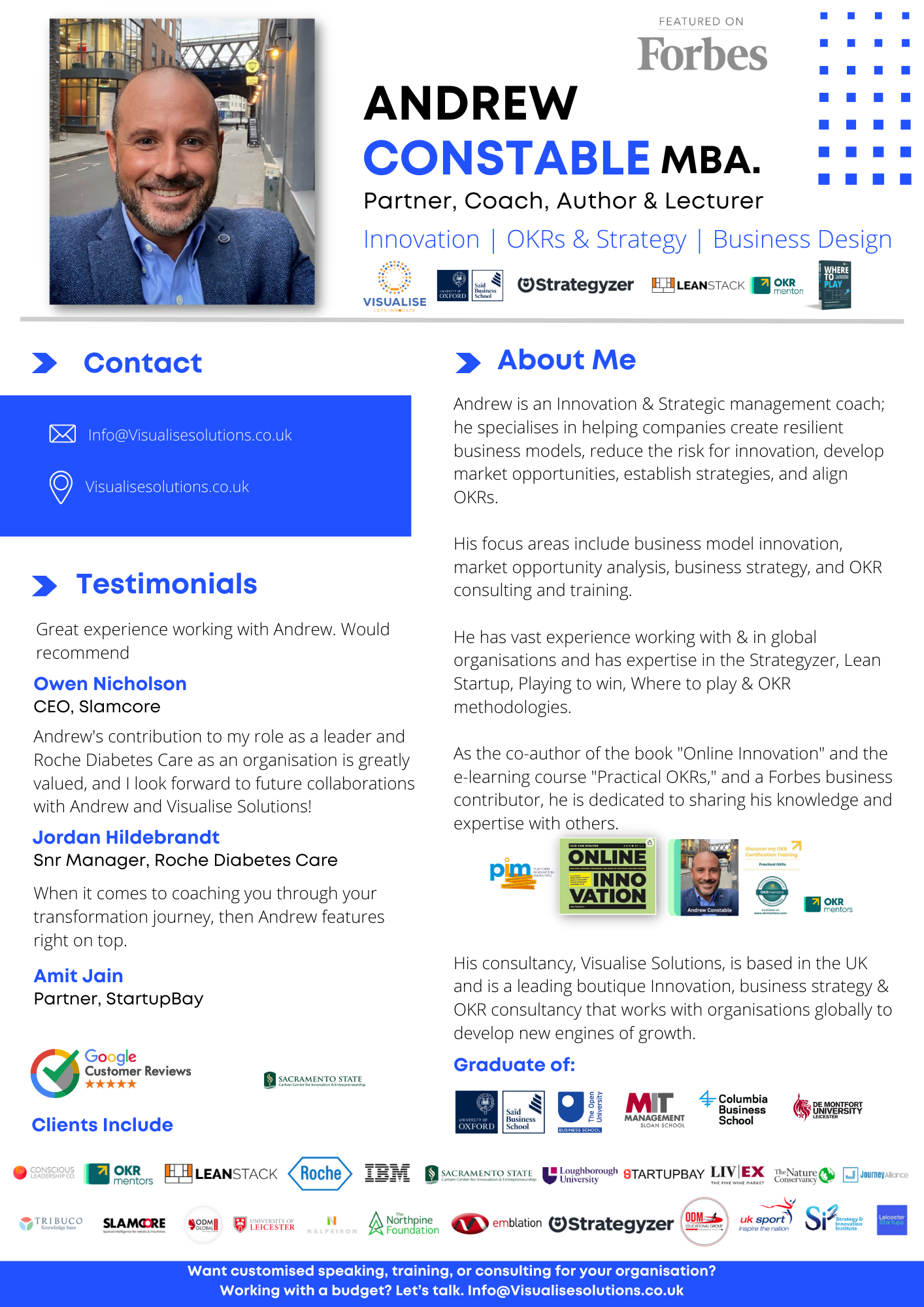 Andrew Professional Profile - Coach, Partner, Author & Lecturer
Andrew Professional Profile - Coach, Partner, Author & Lecturer
Tags: Innovation, Lean Startup, Coaching
 Global Strategy Execution Summit 2024
Global Strategy Execution Summit 2024
Tags: Business Strategy, Innovation, Leadership
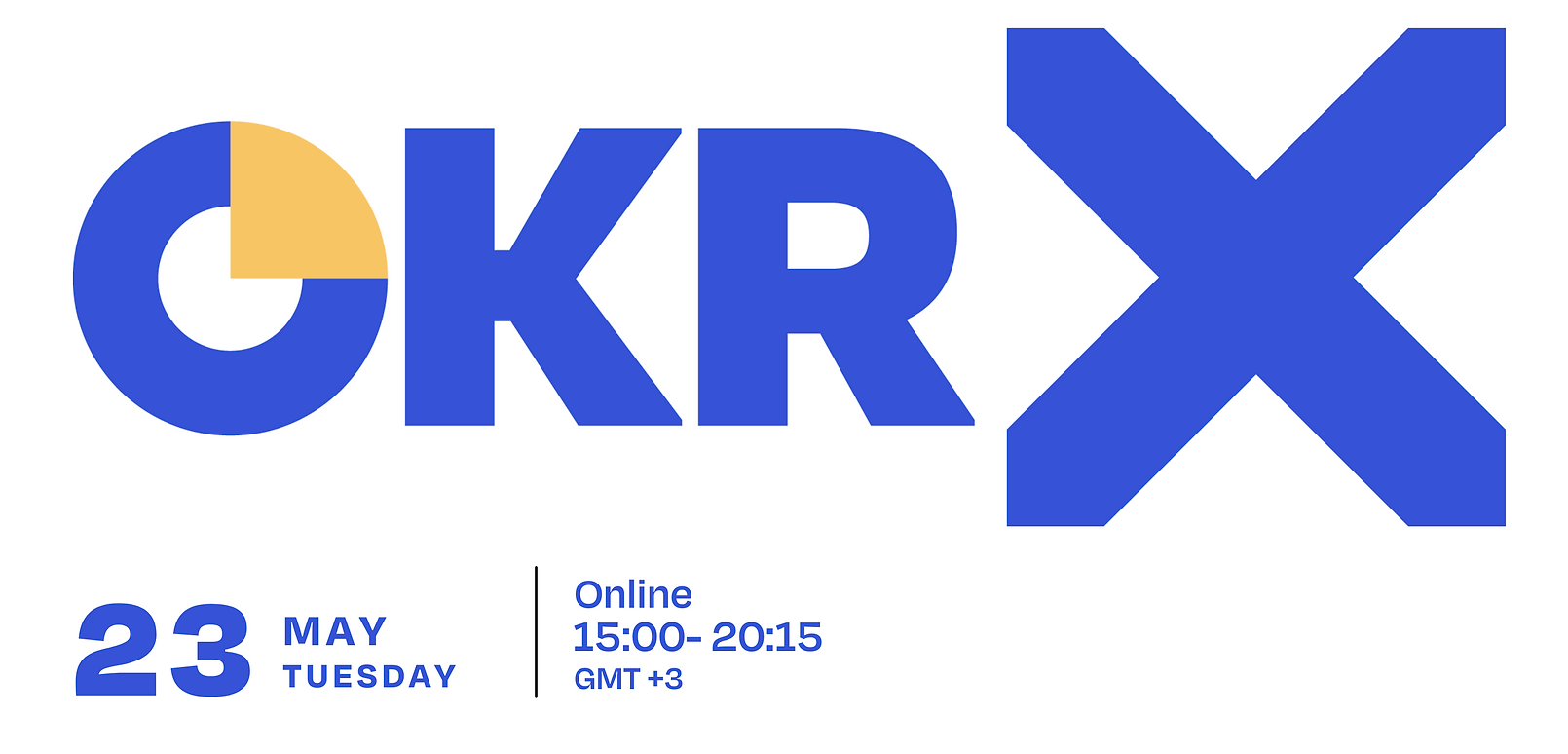 OKRx Summit 2023
OKRx Summit 2023
Tags: Business Strategy, Innovation, Leadership
Tags: Business Strategy, Design Thinking, Innovation

Tags: Innovation, Leadership, Lean Startup
Tags: Innovation, Lean Startup, Startups
Tags: Innovation, Lean Startup, Startups
Tags: Innovation, Lean Startup, Startups
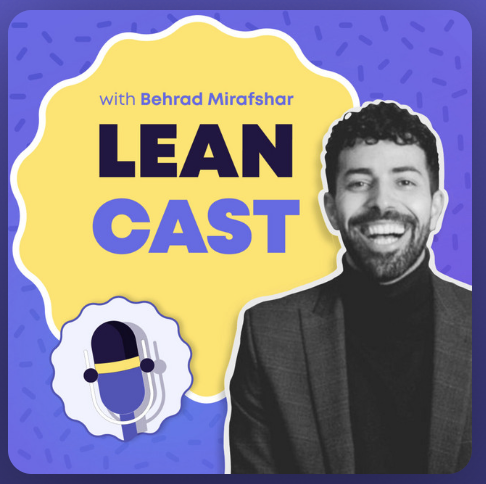 Scaling Your Startup: How to Manage Risk with Andrew Constable MBA
Scaling Your Startup: How to Manage Risk with Andrew Constable MBA
Tags: Innovation, Leadership, Lean Startup
 Usina de Startup Brazil Instagram Live
Usina de Startup Brazil Instagram Live
Tags: Innovation, Leadership, Lean Startup
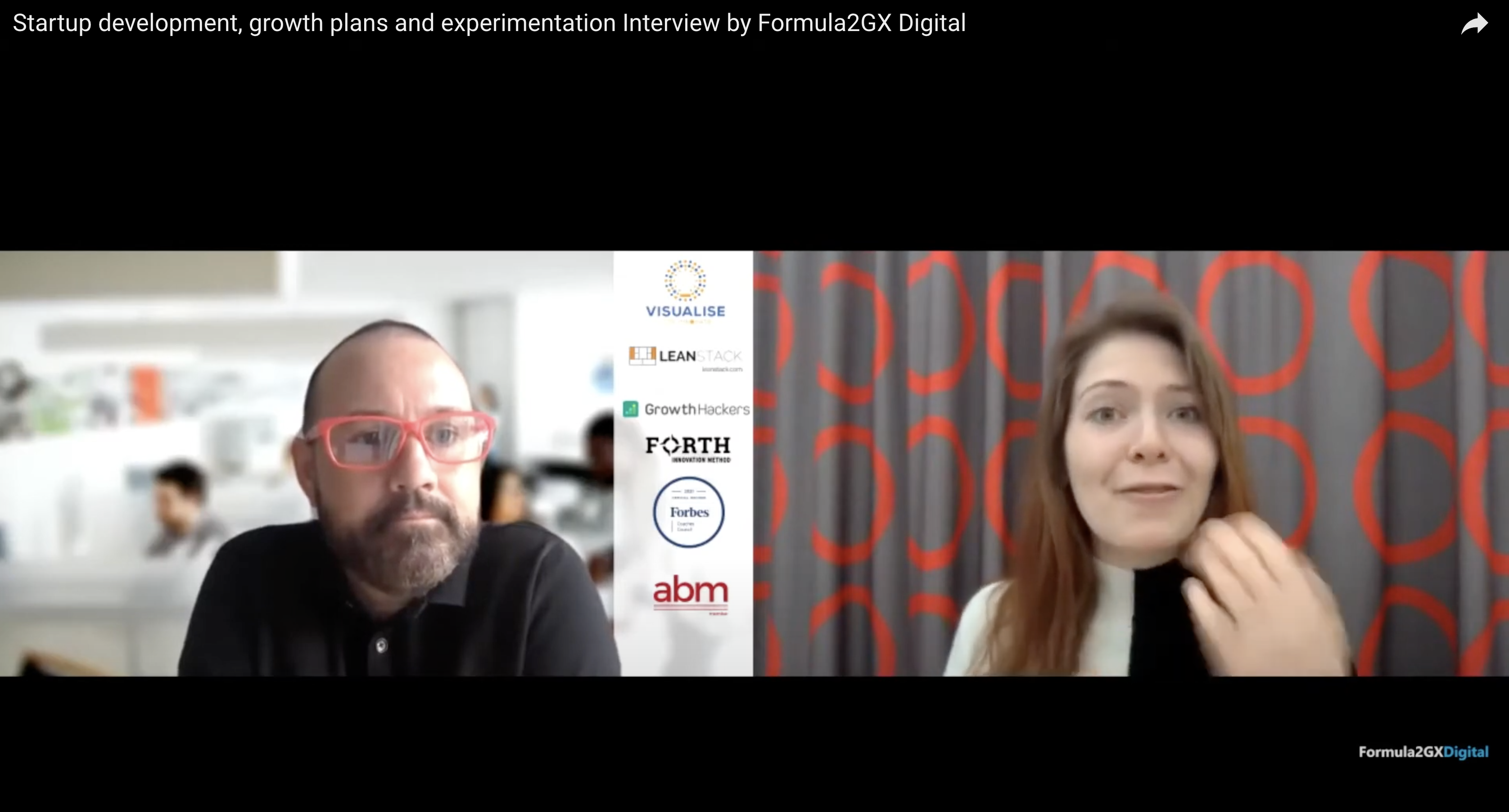 Startup development, growth plans and experimentation Interview
Startup development, growth plans and experimentation Interview
Tags: Innovation, Leadership, Lean Startup
 Lean Startup Trend Talk
Lean Startup Trend Talk
Tags: Innovation, Leadership, Lean Startup

Tags: Innovation, Leadership, Lean Startup
 Lecturer: Business Design
Lecturer: Business Design
Tags: Business Strategy, Innovation, Leadership
Tags: Business Strategy, Innovation, Lean Startup
 Loughborough University - Business Design & Revenue Modelling
Loughborough University - Business Design & Revenue Modelling
Tags: Business Strategy, Innovation, Leadership
 ODM Educational Group - India
ODM Educational Group - India
Tags: Innovation, Leadership, Lean Startup
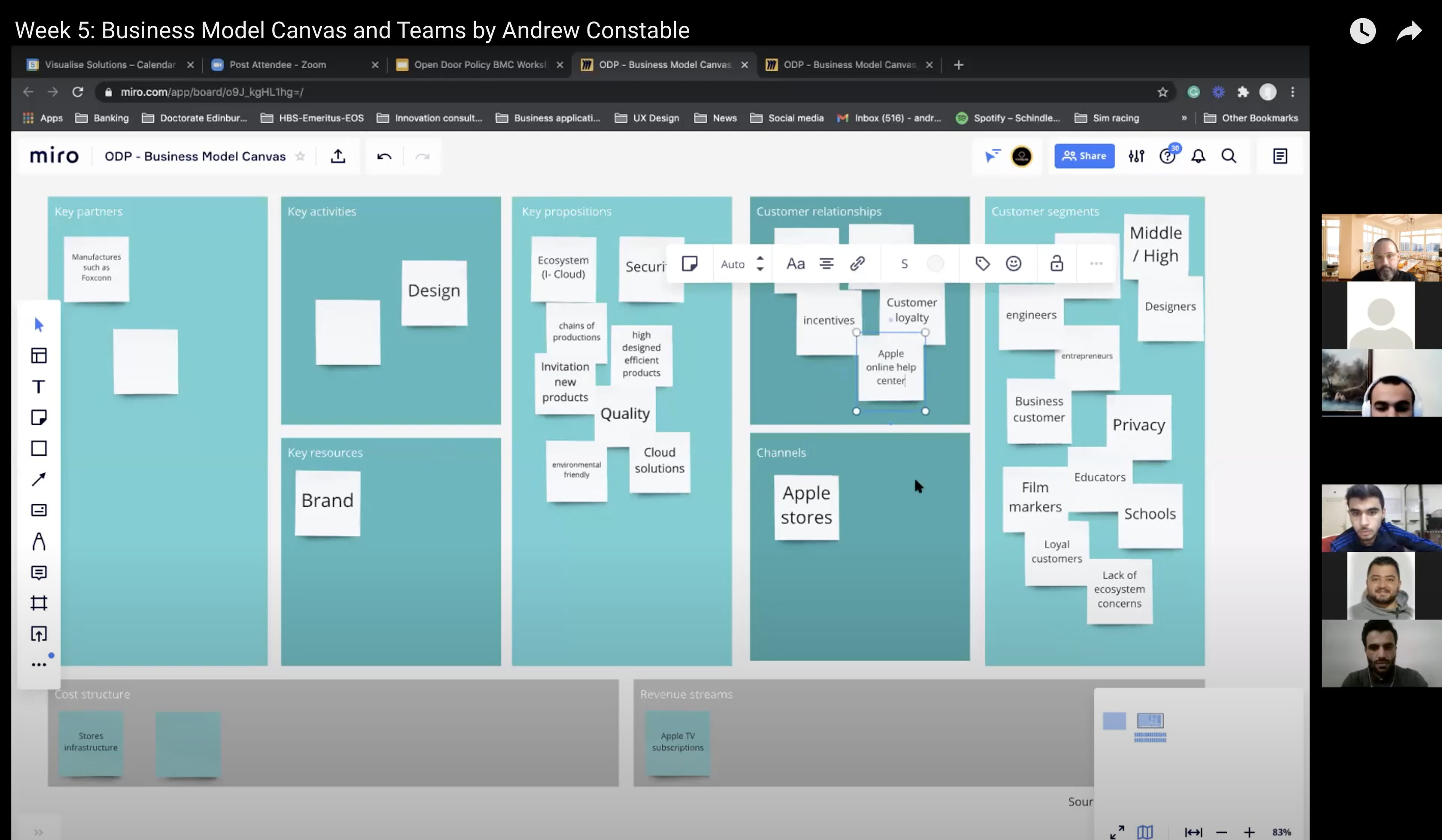 Business Model Canvas Workshop
Business Model Canvas Workshop
Tags: Innovation, Leadership, Lean Startup
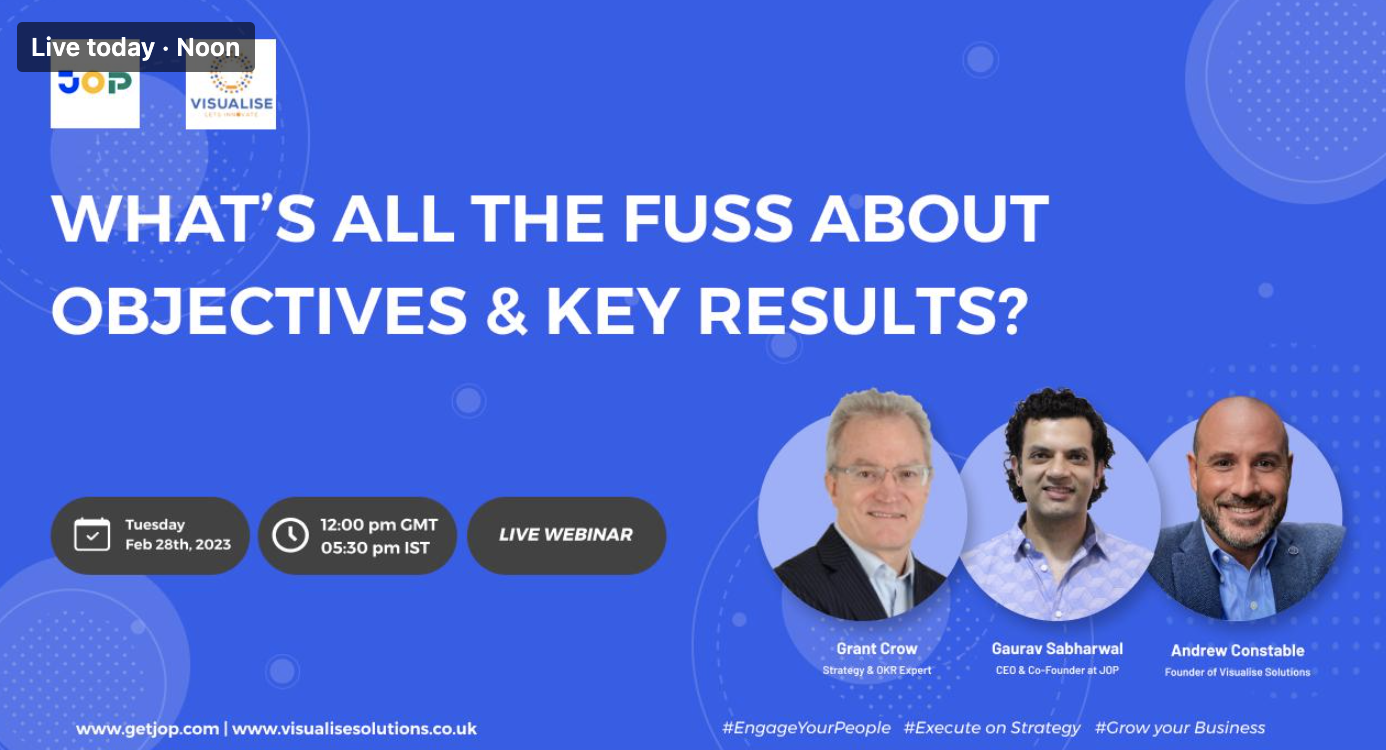 What's all the fuss about Objectives and Key Results?
What's all the fuss about Objectives and Key Results?
Tags: Business Strategy, Innovation, Leadership

Tags: Innovation, Leadership, Lean Startup
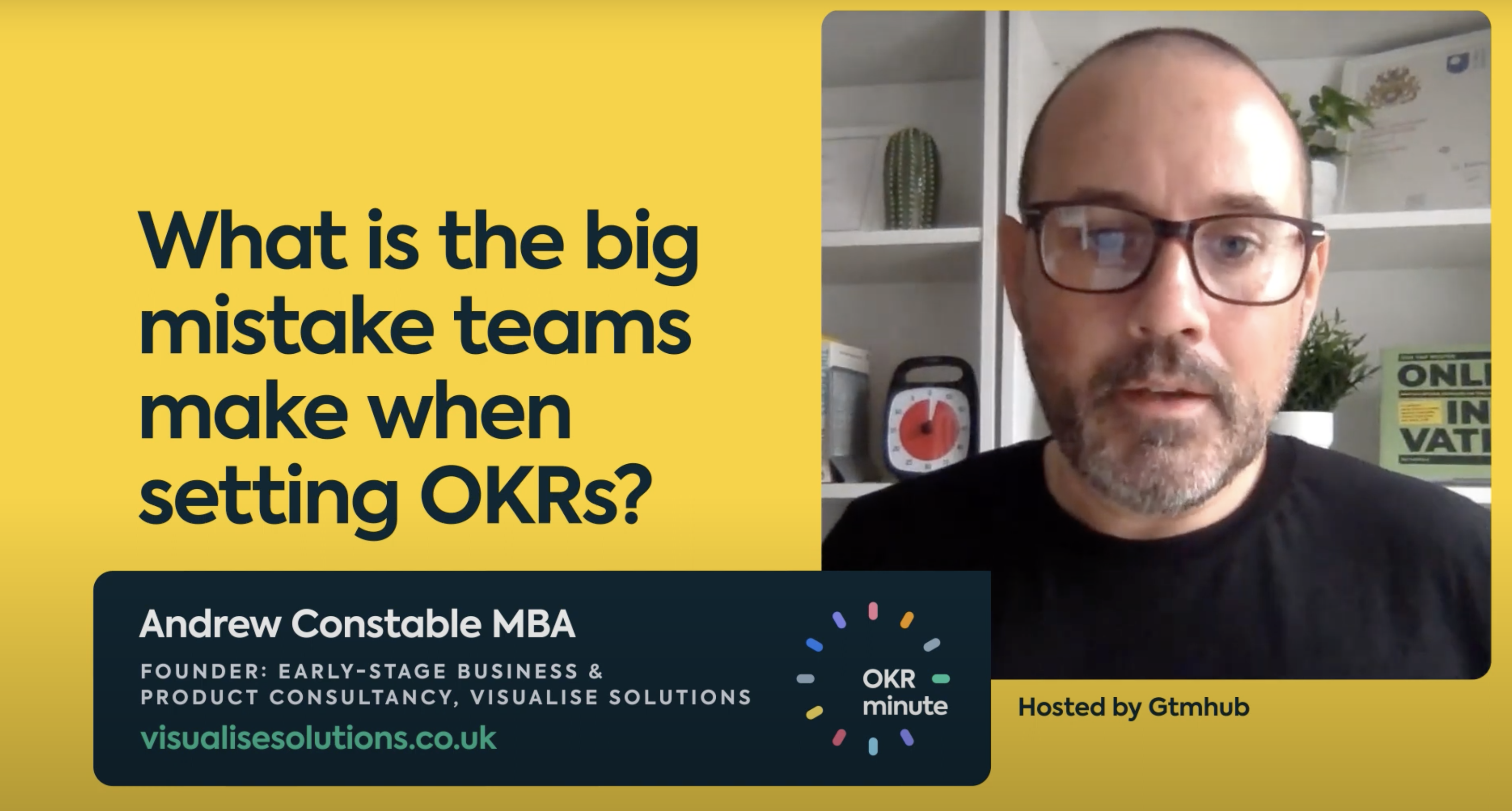 What is the Big Mistake Teams Make When Setting OKRs? — OKR Minute by Gtmhub
What is the Big Mistake Teams Make When Setting OKRs? — OKR Minute by Gtmhub
Tags: Business Strategy, Innovation, Leadership
Tags: Business Strategy, Innovation, Leadership

Tags: Business Strategy, Innovation, Leadership

Tags: Business Strategy, Innovation, Leadership

Tags: Business Strategy, Innovation, Leadership
Date : March 01, 2023
Date : March 05, 2023
Date : March 02, 2023
Date : March 11, 2023
Date : March 11, 2023
Date : March 01, 2023
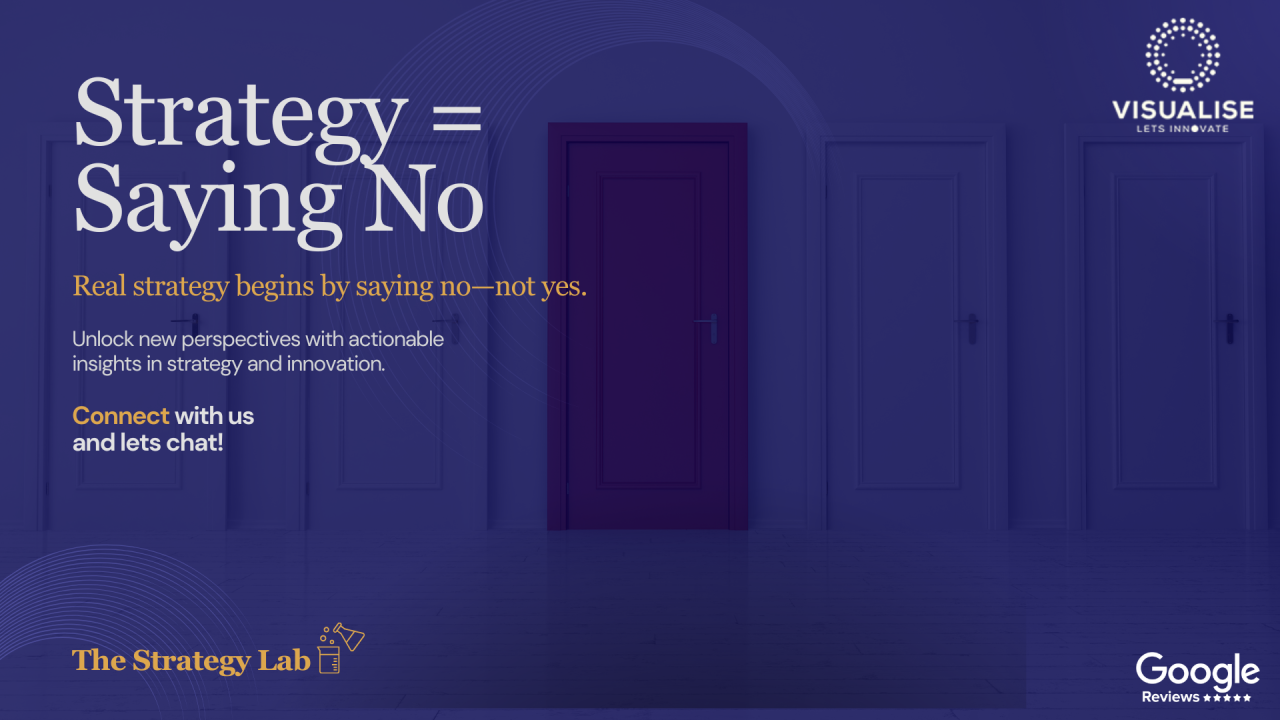 Strategy = Saying No!
Strategy = Saying No!
In business, saying yes is often celebrated. It feels like progress—more projects, more markets, more opportunities. But real strategy doesn't start with saying yes. It starts with saying no.
This idea echoes a truth famously voiced by Steve Jobs:
“Focusing is hard because it doesn't mean saying yes, it means saying no.”
That sentiment is more than philosophical. It’s deeply strategic. Michael Porter, through the lens of Joan Magretta’s Understanding Michael Porter, articulated this with precision:
“The essence of strategy is choosing what not to do.”Why Saying No Matters
Strategy is not about doing more. It is not a checklist of initiatives or a wide net cast to capture every opportunity. It is about making hard, deliberate trade-offs—deciding, with intention, what your organization will not do.
Without trade-offs:
- You dilute focus and stretch resources.
- You lose any distinctive positioning.
- You begin to look, act, and feel like your competitors.
Magretta describes trade-offs as the “linchpin” of strategy. They serve as the guardrails that prevent what she calls competitive convergence, where companies imitate one another to the point that no one stands out. In this environment, differentiation disappears, margins erode, and growth becomes a zero-sum game.
Strategy Is the Art of Subtraction
It’s tempting to believe that strategy is about finding ways to do more with less. But the more profound truth is this: strategy is subtraction. It’s the disciplined removal of distractions in service of clarity.
This aligns with Roger Martin and A.G. Lafley’s perspective in Playing to Win: How Strategy Really Works. They argue that strategy is a set of interdependent choices about:
- What is our winning aspiration?
- Where will we play?
- How will we win?
- What capabilities must we build?
- What systems are needed to support those capabilities?
Each choice is a declaration of intent—and each one excludes alternatives. Choosing where to play, for instance, means deciding where not to play. It’s a narrowing of focus that increases coherence and heightens the chance of success.
Focus Isn’t a Lack of Ambition
Some organizations hesitate to make trade-offs out of fear: fear of missing out, shrinking potential markets, and closing doors. But in avoiding commitment, they fall into the trap of diffusion. Without a tight focus, even the most talented teams struggle to execute.
Focus is not the enemy of growth. It is its engine. Concentrating effort on a clear strategic path enables deep capability building, better resource allocation, and a sharper value proposition.
Leaders must recognize that in strategy, breadth often undermines depth. The most enduring companies win not by trying to be everything to everyone but by being exceptionally valuable to a well-defined segment. Focus, then, is not a constraint—it is a competitive advantage.
The Courage to Commit
What makes strategic choice difficult is the psychological cost of closing doors. In an age that prizes agility and optionality, committing to one path feels risky. But the greater risk lies in trying to keep all options open.
As Martin and Lafley emphasize, strategy is not a static plan—it’s a dynamic hypothesis about how to win. While the environment may change, the need for clear, bold choices remains constant.
Companies that succeed are those that:
- Make choices decisively.
- Say no to initiatives that don't align with their strategic intent.
- Protect their positioning through discipline, not just creativity.
Choosing Is Leading
Ultimately, the act of choosing is what separates strategic leadership from operational management. Managers optimize the known. Leaders chart the unknown. They take a stand, commit to a direction, and bring others with them.
This is not a one-time exercise. Strategy demands continuous recommitment. It requires saying no repeatedly to distractions, temptations, and short-term wins that pull the organization away from its long-term path.
As Jobs embodied and Porter codified, focus is not about doing fewer things for their own sake. It’s about doing fewer things better—with intention, coherence, and the courage to stand apart.
Final Thought
Strategy is not about being busy. It’s about being right. It’s the courage to subtract, the discipline to focus, and the wisdom to know that in the long run, less truly is more.
For leaders looking to sharpen their strategic edge, the question isn’t, “What else can we do?” It’s, “What are we willing to stop doing?”
That’s where strategy truly begins.
Further Reading & Strategy Tools For business leaders seeking practical tools to strengthen focus, develop positioning, and avoid competitive convergence, explore Visualise Solutions, a hub for expert-led strategy development and consulting services.
Tags: Business Strategy, Innovation, Leadership
 Forecast or Scenario?
Forecast or Scenario?
In strategic planning and execution, organizations must continually navigate uncertainty while striving to create long-term value. Two essential tools that support this endeavor are forecasts and scenarios. While they are often used interchangeably in conversation, these tools serve distinct functions and rely on different assumptions about the future. Understanding their unique roles is crucial for leaders aiming to test, adapt, and refine strategies in a rapidly changing world.
Forecasting involves projecting future outcomes based on trends, historical data, and known variables. It is a quantitative and often linear process that extrapolates from the past to anticipate what is most likely to occur if current patterns persist.
For instance, a company may forecast next year’s revenue by analyzing market trends, recent sales figures, and macroeconomic indicators. This approach presumes a degree of environmental stability, where past performance provides a reliable guide to future expectations.

Forecasting is critical in operational and financial planning, particularly when aligning short-term actions with strategic objectives. It informs:
By design, forecasts are data-driven and probabilistic, making them well-suited for short to medium-term decision-making where confidence in trend continuity is relatively high.
Yet, forecasting is not without its drawbacks. It is less effective in accounting for unexpected disruptions—such as geopolitical shocks, technological upheavals, or systemic crises—because it assumes the future will resemble the recent past.
Scenario planning is a strategic tool for exploring multiple, diverse future contexts, especially when the external environment is uncertain or volatile. Unlike forecasting, which asks, “What is most likely to happen?” Scenario planning asks, “What could happen?”

This qualitative and imaginative process builds narratives around key uncertainties—factors that could significantly reshape the business landscape but are difficult to predict or control.
Scenarios are especially valuable when:
A well-constructed scenario might explore, for example, how a tightening regulatory landscape could impact data privacy or how accelerated climate change could disrupt global supply chains. These narratives help leadership teams stress-test their strategies, uncover vulnerabilities, and develop contingency plans for unexpected developments.
The value of scenario planning lies in its ability to:
Aspect Forecast Scenario Purpose Predict the most likely outcome Explore a range of plausible outcomes Basis Historical data and trends Critical uncertainties and drivers of change Nature Quantitative, trend-based Qualitative, narrative-based Time Horizon Short-to-medium term Medium-to-long term Assumption Continuity with the past Discontinuity or divergence from the past Application Budgeting, resource planning Strategic foresight, risk management Output A single estimate Multiple narratives.
The choice between forecasting and scenario planning hinges on certainty in the external environment and the type of decision being made.
Use forecasts when:
Use scenarios when:
Importantly, these approaches are not mutually exclusive. The most resilient organizations employ both. Forecasts provide direction in stable conditions; scenarios offer flexibility in unpredictable ones.
A mature strategy execution system weaves forecasts and scenarios to remain agile yet aligned. Here’s how:
By integrating both, organizations can maintain clarity of execution while building strategic resilience.
To explore integrating adaptive strategy tools into your planning process, consider reviewing resources at Visualise Solutions.
Consider a telecommunications provider expanding in a developing economy. Using forecasting, the company might project subscriber growth based on mobile adoption rates, which then informs staffing levels, infrastructure investment, and expected cash flow.
In parallel, scenario planning might explore:
Each scenario offers a distinct future, prompting the company to reassess assumptions, evaluate risks, and refine strategic initiatives. While the forecast helps manage the expected, scenarios prepare for the unexpected.
In summary, forecasts and scenarios are complementary tools essential to strategic execution. Forecasts offer clarity and structure for immediate planning, while scenarios offer flexibility and insight for long-term resilience.
Leaders who embrace both approaches position their organizations to survive and capitalise on uncertainty.
Ready to test your strategy? Visit Visualise Solutions for expert guidance on crafting a strategy that stands the test of time.
Tags: Business Strategy, Innovation, Leadership
 Aligning Talent for Superior Strategy Execution
Aligning Talent for Superior Strategy Execution
Successful strategy execution depends as much on who executes it as what is executed. One of the most powerful yet often underutilized tools in aligning an organization’s workforce with its strategic priorities is the concept of Strategic Job Families. These are distinct roles within an organization that disproportionately impact its ability to achieve long-term objectives, create competitive advantage, and deliver superior economic and social value.
As Palladium’s Execution Premium Process (XPP) emphasizes, identifying and managing these strategic roles is fundamental to ensuring human capital fully aligns with an organization’s strategic goals. By focusing investments in recruitment, development, and retention on these critical roles, organizations close the "value gap" between strategy formulation and execution. This approach doesn’t just improve operational efficiency; it drives sustainable strategic success.
Traditional talent management often emphasizes organizational hierarchy, leadership pipelines, and functional efficiency. While these are important, they don’t always address the critical roles of executing strategy. Strategic job families, by contrast, shift the focus to impact, identifying those roles that are pivotal to delivering on strategic priorities.
These roles are not always at the top of the hierarchy or within apparent leadership positions. They are embedded within key processes and customer touchpoints, often hidden in plain sight. For example, in Palladium’s Balanced Scorecard (BSC) framework, they frequently reside in the Enabler and Process perspectives, where strategy execution happens.
By identifying and nurturing these roles, organizations can:
Investing in strategic job families is not merely a human resources exercise; it’s a core business strategy.
Identifying strategic job families requires a methodical and data-driven approach. Here is a step-by-step guide rooted in Palladium’s XPP methodology.
The starting point is the strategy map. Analyze the organization’s strategic objectives—particularly those in the Processes and Enablers perspectives of the Balanced Scorecard. These areas often reveal where the organization’s key value-creating activities occur.
Ask critical questions:

Next, please review which roles are essential in executing those key processes. These roles often:
The goal is to pinpoint roles where performance variability—the difference between high and low performers—significantly impacts strategic outcomes.
It is vital to distinguish between operationally important roles and strategically pivotal ones. Not every role with operational responsibility qualifies as strategic.
Focus on:
Once strategic job families are identified, define the competency profiles required for success in these roles. This includes:
Conduct a capability gap analysis, comparing current competencies against those required for optimal performance.
Based on the capability gap analysis, organizations should develop tailored people initiatives that focus on:
Finally, organizations should track the performance of these job families through KPIs directly tied to strategic objectives. Continuous monitoring ensures that human capital investments are generating the desired strategic outcomes.
A well-known example of strategic job families in action is found at Disneyland. Disneyland’s key strategic objectives are ensuring guest safety and a magical customer experience. While many might assume this objective falls within security personnel or guest services teams, Disneyland recognized that cleaners—often the most visible employees in the park—play a crucial role.
Cleaners are frequently the first responders if a child is lost, providing immediate reassurance and direction. Their ability to act quickly and empathetically directly impacts the guest experience and perception of safety, which are integral to Disneyland’s brand promise.
As a result, cleaners were designated as part of a strategic job family. They receive specialized training in cleanliness, customer service, and crisis response. This investment ensures that their performance directly supports Disneyland’s strategic objectives.
For organizations looking to embed this approach within their workforce strategies, here is a framework to follow:
Strategic job families are not about job levels, status, or hierarchy. They are about impact—specifically, how specific roles directly contribute to the successful execution of strategy. By focusing on these roles, organizations can ensure that their human capital investments are strategically aligned, enhancing execution capability and long-term competitiveness.
Incorporating strategic job families into your talent management framework ensures that people, skills, and roles are optimized for strategy execution. When done well, this approach:
For organizations seeking to enhance their human capital strategy, leveraging tools like Palladium’s XPP and the Balanced Scorecard offers a structured methodology. For additional guidance on aligning your workforce with your strategic priorities, consider exploring resources like Visualise Solutions, which offers expert insights into strategy execution and alignment.
Tags: Business Strategy, Innovation, Leadership
 Unlocking Growth with the Blue Ocean Strategy Canvas
Unlocking Growth with the Blue Ocean Strategy Canvas
Many organizations are locked in a cycle of fierce competition. They fight for incremental gains in saturated industries, competing over the same customer base by offering marginal improvements on similar products or services. Blue Ocean Strategy (BOS), a groundbreaking approach developed by W. Chan Kim and Renée Mauborgne, provides an alternative path. At the heart of this strategy is the Strategy Canvas, an analytical and visual tool designed to help companies break away from traditional competition and chart a course into an uncontested market space—what BOS calls a "blue ocean."
This article explores the essence of the Strategy Canvas, its importance, and how organizations can use it to discover new avenues for growth and innovation.
The Strategy Canvas is one of the foundational tools of Blue Ocean Strategy. It provides a diagnostic and action framework that captures a given industry's current state of play. Offering a clear visual representation of the factors that organizations compete on—and where they invest their resources—allows companies to uncover opportunities to differentiate and create new demand.
At its core, the Strategy Canvas:
The result is a compelling snapshot of the competitive landscape, showing where a company stands in relation to its peers and where opportunities lie to make competition irrelevant.
The Strategy Canvas serves several critical purposes in strategic planning and execution. Its value extends beyond diagnostics; it facilitates a shift in mindset from traditional competition toward value innovation, the cornerstone of Blue Ocean Strategy.
Many industries experience what BOS calls “red oceans”—markets characterized by saturated competition and commoditized offerings. The Strategy Canvas visualises these competitive dynamics, clarifying where industry players tend to over-invest in features and services that add little real value to customers. By surfacing these patterns, organizations gain insight into which factors are truly valued and which are industry assumptions ripe for challenge.
One of the canvas's most powerful features is its ability to reveal untapped areas of opportunity. Gaps on the canvas often represent latent demand—needs that are either unrecognized or underserved by existing competitors. These gaps allow organisations to redefine value propositions, offering products or services that attract new customers or even creating new markets.
The Strategy Canvas is a simple yet powerful communication tool. Its one-page format fosters clarity and alignment across teams, making it easier for organizations to rally around strategic priorities. Visualizing the current state and future opportunities makes it easier to engage leadership and frontline employees in strategic conversations that lead to coherent action.
Ultimately, the Strategy Canvas is the starting point for value innovation—simultaneously pursuing differentiation and low cost. It helps organizations rethink industry assumptions and focus on what truly creates customer value, allowing them to break free from the competitive pack.
For organizations seeking additional guidance on how to leverage Blue Ocean Strategy and develop their Strategy Canvas, Visualise Solutions offers practical workshops and consulting services tailored to unlock new growth opportunities.
While the Strategy Canvas is conceptually straightforward, its effectiveness depends on rigorous execution and ongoing refinement. Below are several best practices to ensure organizations benefit from this tool.
Effective use of the Strategy Canvas begins with a truthful industry representation. This requires robust market research grounded in firsthand insights rather than assumptions. Engage with a broad spectrum of stakeholders, including current customers, noncustomers, and competitors, to comprehensively understand market dynamics.
Many organizations focus solely on their existing customer base when developing strategy. However, the Strategy Canvas encourages companies to look beyond current demand. Noncustomers often represent the most significant opportunity for growth, as they highlight areas where traditional offerings fall short. Understanding their reasons for non-engagement can reveal powerful insights into unmet needs.
One common pitfall is overcrowding the canvas with too many factors. The goal is not to catalog every industry feature but to identify the critical factors driving customer decision-making and industry investment. Focus on high-impact elements that differentiate value propositions and drive purchasing behavior.
The Strategy Canvas should be more than a chart—it should serve as a conversation tool. Use it to spark strategic discussions and debates within teams, encouraging diverse perspectives on where to compete and how to deliver superior value. These conversations often lead to breakthrough insights and foster organizational buy-in.
A typical red flag is a value curve that closely mirrors competitors'. Similar shapes suggest the company is trapped in a red ocean, offering little that distinguishes it from the competition. The goal of Blue Ocean Strategy is to reconstruct the value curve, offering a unique combination of factors that redefines customer value.
The Four Actions Framework—Eliminate, Reduce, Raise, Create—complements the Strategy Canvas by helping organizations rethink their strategic priorities:
This framework fosters a disciplined approach to value innovation, enabling companies to pursue differentiation and low cost simultaneously.
The Strategy Canvas is not static. Organizations experimenting with new offerings and value propositions should revisit and refine the canvas to reflect evolving strategies. Testing hypotheses and incorporating feedback ensures that the canvas accurately represents both current realities and future aspirations.
The Blue Ocean Strategy Canvas is a transformative tool that empowers organizations to rethink competition, redefine customer value, and unlock new market space. Visualizing the current landscape and identifying opportunities for differentiation and innovation serves as a diagnostic and an action framework.
The Strategy Canvas offers a clear and actionable path toward an uncontested market space for leaders and teams committed to breaking free from traditional industry constraints. It fosters clarity, alignment, and creativity—three essential ingredients for long-term success in today’s dynamic markets.
Suppose you are ready to explore how the Strategy Canvas can revolutionize your industry approach. In that case, Visualise Solutions can support you with expert guidance, tailored workshops, and practical frameworks to make your blue ocean shift a reality.
Tags: Innovation, Leadership, Business Strategy
 The Art of Strategy: Identifying & Solving the Crux
The Art of Strategy: Identifying & Solving the Crux
In his book The Crux: How Leaders Become Strategists, Richard Rumelt presents a pragmatic and action-oriented approach to strategy that shifts focus from broad aspirations to targeted problem-solving. The essence of the Crux method is identifying and tackling the most critical, high-leverage challenge—the crux—that stands in the way of progress. Unlike traditional strategic planning, which often becomes an exercise in setting ambitious but vague goals, Rumelt’s approach is deeply analytical, prioritizing actionable solutions over wishful thinking.
Rumelt’s approach to strategy is built on a structured yet flexible methodology. It consists of six key steps: diagnosing the situation, identifying and prioritizing the crux, developing a coherent action plan, allocating resources strategically, executing and adapting, and evaluating and iterating.
A solid strategy begins with a clear understanding of current affairs. This diagnostic phase involves:
This stage is crucial because misdiagnosing the situation leads to ineffective strategies. Rumelt warns against confusing aspirations with real obstacles, advocating for a deep and honest assessment of the challenge.
Not all challenges are created equal. Identifying the crux requires distinguishing between fundamental problems and mere distractions. This involves:
A good crux is not just any challenge—it must be addressable and pivotal, striking the right balance between difficulty and feasibility.
Once the crux is identified, the next step is crafting a set of coordinated actions to tackle it directly. This involves:
A well-crafted strategy does not merely state goals; it lays a roadmap for achieving them through well-integrated actions.
One of Rumelt’s key insights is that strategy is about focus and prioritization. Effective resource allocation entails:
Poor resource allocation can derail even the best strategic plans. Therefore, leaders must be willing to make tough decisions about where to invest and where to cut back.
Execution is not a linear process—it requires continuous adaptation. Effective execution involves:
Execution is an ongoing process of learning and adjusting rather than a rigid adherence to a predetermined plan.
After execution, assessing whether the strategy effectively addressed the crux is essential. This step involves:
Strategy is a dynamic and iterative process, requiring continuous refinement and reassessment.
Rumelt’s Crux method offers a fresh perspective on strategy, emphasizing pragmatism over abstract planning. The key takeaways from his approach include:
Rumelt’s Crux method contrasts with traditional strategic planning, which often relies on long-term forecasting, rigid frameworks, and extensive documentation. The main distinctions include:
Richard Rumelt’s Crux method provides a robust framework for leaders seeking to navigate complex challenges with clarity and precision. Organizations can drive meaningful progress by diagnosing the situation, identifying the crux, developing a coherent action plan, strategically allocating resources, executing with flexibility, and iterating based on results.
In a business landscape filled with uncertainty and rapid change, identifying and tackling the crux is a critical leadership skill. Rather than getting lost in grand visions or exhaustive planning, Rumelt’s approach keeps strategy grounded in what truly matters—solving the most challenging, pivotal problem in the way of success.
Visualise Solutions is a boutique strategy consultancy firm based in Leicestershire, UK. Transform your business with our strategic advisory services, focusing on innovation, strategy formulation, and execution. Utilise our expertise in strategy, business model innovation, OKRs, and balanced scorecards.
You can learn more about us by contacting us now.

Tags: Business Strategy, Innovation, Leadership
 How the Office of Strategy Management (OSM) Drives Business Success
How the Office of Strategy Management (OSM) Drives Business Success
Many organizations struggle to translate strategic plans into tangible outcomes. Research suggests that while 90% of companies develop detailed strategic plans, 7 out of 8 large corporations fail to achieve their targeted growth due to ineffective execution. A key issue is that 95% of employees in a typical organization do not understand its strategy, and many businesses fail to link strategic objectives to budgets or performance incentives. This execution gap significantly impacts financial performance, prompting leading global organizations to establish an Office of Strategy Management (OSM) to align strategic ambition with operational execution.
An OSM is a corporate-level function overseeing strategy implementation across an organization. Unlike a traditional strategic planning department that primarily formulates plans, the OSM ensures effective execution by coordinating planning, budgeting, performance management, and communication. It acts as a CEO’s “chief of staff” for strategy, ensuring alignment between business unit initiatives, budget allocations, and key performance indicators.
Kaplan and Norton, who pioneered the OSM concept, identify nine key processes that an OSM should integrate:
By coordinating these processes, the OSM transforms strategy execution from a disjointed effort into a managed and structured process that aligns policies, budgets, and employee actions with strategic goals.
Numerous global organizations have established OSMs to enhance strategy execution.
A well-functioning OSM significantly enhances financial outcomes by converting strategic goals into concrete results. Key benefits include:
An OSM significantly improves execution effectiveness through:
Several organizations have demonstrated the effectiveness of OSMs:
Research by Kaplan and Norton underscores the critical role of OSMs in successful strategy execution. Their studies show that organizations with OSMs achieve higher performance targets and sustain competitive advantages. However, the effectiveness of an OSM depends on strong leadership support, integration with existing management processes, and a clear mandate to drive execution.
The Office of Strategy Management is a critical function for organizations seeking to bridge the gap between strategy formulation and execution. An OSM ensures that strategic initiatives translate into measurable business success by providing structure, accountability, and alignment. Companies across industries, from automotive and finance to hospitality and public sector organizations, have demonstrated the transformative impact of OSMs on financial performance and operational excellence. As global competition intensifies, the ability to execute strategy effectively will continue to differentiate industry leaders from laggards.
Visualise Solutions is a boutique strategy consultancy firm based in Leicestershire, UK. Transform your business with our strategic advisory services, focusing on innovation, strategy formulation, and execution. Utilise our expertise in strategy, business model innovation, OKRs, and balanced scorecards.
You can learn more about us by contacting us now.
Tags: Business Strategy, Innovation, Leadership
 Choosing Meaningful KPIs for Strategy Execution
Choosing Meaningful KPIs for Strategy Execution
Selecting the right Key Performance Indicators (KPIs) is essential for organizations striving to achieve their strategic objectives. Effective KPIs provide clarity, focus, and accountability, ensuring everyone is aligned with overarching goals. However, selecting KPIs can be challenging without a structured approach. This guide outlines the key principles for choosing KPIs that drive success.
The foundation of effective KPI selection lies in their direct connection to strategic objectives. Every organization operates with goals derived from its mission and vision. These goals are typically outlined in strategy maps and balanced scorecards. KPIs should not exist in isolation but should be tied to these objectives, ensuring that progress can be tracked effectively.
For example, if an organization’s strategic objective is to enhance customer satisfaction, corresponding KPIs might include Net Promoter Score (NPS), customer retention rate, and average response time. Each KPI provides a measurable way to determine whether the organization is advancing toward its goals.
Organizations should conduct workshops with key stakeholders to ensure alignment to identify strategic objectives and the metrics that best represent success. This collaborative approach promotes buy-in and ensures KPIs reflect the organisation's priorities.
KPIs can be broadly categorized into lead and lag measures, each serving a distinct purpose in performance management.
A balanced performance management system incorporates both lead and lag measures. While lag measures confirm success, lead measures enable organizations to drive progress and course-correct when necessary.
Effective KPI selection involves identifying the drivers that lead to desired results. Drivers are the processes, behaviours, and enablers that influence outcomes. Organizations can proactively manage performance and achieve strategic objectives by measuring these drivers.
For instance, if an organization aims to improve employee engagement, drivers might include the frequency of manager check-ins, participation in professional development programs, and internal communication effectiveness. The corresponding results could be measured through employee satisfaction scores and retention rates.
By understanding the cause-and-effect relationship between drivers and results, organizations can prioritize KPIs that lead to meaningful outcomes. This approach ensures that performance measurement goes beyond surface-level indicators and addresses the underlying factors that drive success.
To maximize effectiveness, KPIs should adhere to the SMART criteria:
Ratios often provide more meaningful insights than raw numbers, as they account for changes in organizational conditions and external factors. Ratios enable organizations to compare performance across different periods, departments, and industries.
For instance, an organization might track revenue per employee or customer instead of measuring total revenue. These ratios offer context and facilitate more accurate performance assessment.
Moreover, ratios help identify inefficiencies and areas for improvement. For example, tracking the ratio of completed projects to planned projects can reveal bottlenecks in project management processes.
The frequency of KPI measurement plays a critical role in performance management. While annual metrics provide a high-level overview, they are often too slow for timely decision-making. Instead, organizations should opt for monthly or quarterly reviews to proactively identify trends and adjust strategies.
Regular KPI monitoring enables organizations to detect early warning signs, capitalize on emerging opportunities, and maintain momentum toward strategic objectives. Dashboards and reporting tools can facilitate real-time performance tracking, promoting transparency and accountability.
Additionally, trend analysis enhances KPI interpretation. Tracking metrics over time reveals patterns and provides context for performance fluctuations. For example, a temporary decline in sales might be less concerning if historical data shows seasonal trends.
Benchmarking KPIs against internal and external standards ensures that targets are realistic, challenging, and aligned with industry best practices. Internal benchmarking involves comparing performance across departments, teams, and periods, while external benchmarking involves evaluating performance relative to competitors and industry leaders.
For example, if the industry average for customer retention is 85%, an organization aiming for 90% demonstrates ambition while remaining grounded in reality. Benchmarking also helps identify areas where organizations can gain a competitive advantage.
However, benchmarking should not lead to complacency. Organizations should continuously refine KPIs based on evolving priorities, market conditions, and organizational capabilities. Regular reviews and stakeholder feedback ensure that KPIs remain relevant and impactful.
KPIs should not merely serve as reporting tools but inform decision-making at all organizational levels. Organizations can ensure that performance measurement drives actionable insights and strategic progress by mapping KPIs to specific decisions.
For instance, operational KPIs might guide daily decision-making, such as adjusting production schedules based on output metrics. Tactical KPIs support departmental planning, such as reallocating resources based on project completion rates. Strategic KPIs inform high-level decisions, such as entering new markets based on revenue growth and market share.
Dashboards and visualization tools can enhance KPI usability, giving stakeholders real-time insights for informed decision-making. Organizations can foster a culture of accountability and continuous improvement by integrating KPIs into performance management frameworks.
Selecting the right KPIs is critical in achieving strategic objectives and driving organizational success. Organizations can create a robust performance management system by linking KPIs to strategic goals, balancing lead and lag measures, focusing on drivers and results, and ensuring SMART criteria.
Additionally, leveraging ratios, monitoring trends, benchmarking performance, and mapping KPIs to decision-making enhances effectiveness and ensures continuous improvement. Organizations can navigate challenges, seize opportunities, and achieve sustainable success with the right KPIs.
Would you like guidance on implementing these KPIs into your balanced scorecard or strategy map? Reach out to explore tailored solutions that drive measurable results.
Visualise Solutions is a boutique strategy consultancy firm based in Leicestershire, UK. Transform your business with our strategic advisory services, focusing on innovation, strategy formulation, and execution. Utilise our expertise in strategy, business model innovation, OKRs, and balanced scorecards.
You can learn more about us by contacting us now.
Tags: Business Strategy, Innovation, Leadership
 The Power of the Strategic Fitness Process
The Power of the Strategic Fitness Process
Organizations often struggle with aligning their structure and behaviour with strategic objectives, leading to underperformance and, in some cases, failure. One major obstacle to organizational alignment is "organizational silence"—the reluctance of employees and stakeholders to communicate the unvarnished truth to senior management due to fear of negative repercussions. The Strategic Fitness Process (SFP), developed by Michael Beer, offers a structured approach to overcoming these challenges by fostering open dialogue and continuous learning.
This article delves into the Strategic Fitness Process, its implementation, and its impact on organizational effectiveness. It uses a case study of Hewlett-Packard’s Santa Rosa Systems Division (SRSD) to illustrate its practical application.
Check out Michael Beers' book on Amazon
A well-aligned organization requires a cohesive fit between its structure, leadership, business processes, culture, and people. However, many organizations fail to adjust their design and operations to fit evolving strategies and competitive conditions. Research shows that one of the primary reasons for this failure is the absence of honest, upward feedback, which prevents senior leaders from diagnosing and addressing misalignments before they escalate into crises.
Without a continuous learning process, organizations rely on external consultants who conduct isolated interviews and offer recommendations. While theoretically sound, this approach often fails due to a lack of internal commitment from leadership and employees. Instead, organizations require a dynamic and participatory method that involves all key stakeholders in shaping and implementing strategic change.
The Strategic Fitness Process (SFP) is a collaborative action research method that enables organizations to identify barriers to effectiveness, foster transparent conversations, and redesign structures to align with strategic objectives. The process unfolds in nine structured steps:
Senior leaders define the organization’s competitive strategy, capabilities, and cultural values. In the case of HP’s SRSD, the leadership team recognized the need for an ambidextrous strategy—balancing short-term profitability with long-term innovation.
A select group of high-performing employees, one or two levels below the senior team, is trained in data collection and analysis. This task force is responsible for gathering insights from employees across all levels of the organization.
The task force conducts structured interviews with approximately 100 employees and external stakeholders, focusing on three key questions:
The task force presents its findings in a “fishbowl” discussion, where senior leaders listen without interrupting or defending themselves. This step ensures that organizational silence is broken and leaders receive unfiltered employee insights.
Senior leaders, guided by consultants, analyze the feedback. Commonly identified barriers include:
With expert guidance, the leadership team develops a new organizational structure to address identified issues. HP’s SRSD adopted a matrix structure, enabling better coordination and resource allocation.
The task force reviews and critiques the proposed changes, ensuring that employee perspectives are incorporated into the final design.
The senior team revises the redesign based on feedback, enhancing the feasibility and acceptance of the new structure.
The final plan is communicated to all employees, and a structured implementation begins. HP’s SRSD institutionalized SFP as an annual practice, ensuring continuous adaptation and refinement.
HP’s SRSD, established in 1992, faced declining revenue and internal conflicts due to poor cross-functional coordination. Recognizing the urgency of change, the division’s leadership adopted SFP to identify root causes and realign the organization. The process revealed six key barriers, including unclear strategic direction and low employee trust. Implementing a matrix structure and a revamped strategic management process led to significant performance improvements. By institutionalizing SFP, SRSD cultivated a culture of continuous learning, ensuring sustained organizational effectiveness.
Beyond problem-solving, SFP is a research tool for developing organizational prototypes—experimental structures designed to improve strategic alignment. By applying SFP across diverse industries, scholars and practitioners can refine organizational designs based on empirical evidence rather than conjecture.
Additionally, SFP contributes to the development of dynamic capabilities—the ability of an organization to adapt and evolve in response to environmental changes. As organizations implement SFP iteratively, they foster a culture of adaptability, reducing the need for disruptive, large-scale transformations.
The Strategic Fitness Process offers a powerful mechanism for breaking organizational silence, fostering collaboration, and continuously refining organizational structures to align with strategic objectives. By integrating SFP into regular business processes, organizations can transform into learning organizations capable of sustained innovation and resilience.
As demonstrated by HP’s SRSD, SFP is more than a one-time intervention—it is a leadership philosophy that empowers organizations to anticipate challenges, experiment with new structures, and cultivate a workforce committed to strategic excellence. By embracing this approach, organizations can unlock sustainable competitive advantage, ensuring long-term success in an ever-evolving business landscape.
Visualise Solutions is a boutique strategy consultancy firm based in Leicestershire, UK. Transform your business with our strategic advisory services, focusing on innovation, strategy formulation, and execution. Utilise our expertise in strategy, business model innovation, OKRs, and balanced scorecards.
You can learn more about us by contacting us now.
Tags: Business Strategy, Innovation, Leadership
 Breaking the Barriers to Strategy Execution
Breaking the Barriers to Strategy Execution
Effective strategy execution remains a paramount concern for corporate leaders globally. A survey of over 400 CEOs identified execution excellence as their top challenge, surpassing issues like innovation and geopolitical instability. Despite well-established processes for strategic alignment, many organizations struggle to implement their strategies successfully. This article examines common misconceptions about strategy execution and offers insights to enhance organizational performance.
Myth 1: Execution Equals Alignment
Many managers equate execution with aligning activities to strategic objectives through tools like management by objectives and balanced scorecards. However, while over 80% of managers report having specific, measurable goals and necessary resources, execution often falters due to poor cross-functional coordination. Only 9% of managers feel they can rely on colleagues in other functions consistently, leading to duplicated efforts and missed opportunities. Effective execution requires robust coordination across all units, not just vertical alignment.
Myth 2: Execution Means Sticking to the Plan
Rigid adherence to detailed strategic plans can hinder an organization’s ability to adapt to unforeseen challenges and opportunities. Agility is crucial; firms must be prepared to reallocate resources fluidly in response to changing market conditions. Studies show that companies actively reallocating capital expenditures achieve significantly higher shareholder returns. Yet, many organizations struggle with timely resource reallocation and disinvestment from declining initiatives, impeding effective execution.
Myth 3: Communication Equals Understanding
It seems that frequent communication of strategy does not guarantee understanding. Surveys reveal that only 55% of middle managers can name even one of their company’s top five priorities. This disconnect often arises from overwhelming employees with numerous priorities and inconsistent messaging. To foster genuine understanding, leaders should focus on clear, consistent communication and ensure that strategic objectives are coherent and limited in number.
Myth 4: A Performance Culture Drives Execution
While recognizing and rewarding performance is essential, an overemphasis can undermine execution by discouraging agility and collaboration. Managers may become risk-averse, avoiding experimentation due to fear of failure. Performance cultures often undervalue teamwork; past performance is typically prioritized over collaborative efforts in promotion decisions. A balanced culture that rewards agility and cooperation is vital for effective execution.
Myth 5: Execution Should Be Driven from the Top
Top-down execution can lead to short-term gains but may erode an organization’s long-term execution capacity. Concentrating decision-making at the top discourages middle managers from resolving conflicts and diminishes their initiative. Effective execution relies on “distributed leaders” — middle managers and experts who make critical decisions daily. While senior executives should guide strategy, empowering distributed leaders to drive execution fosters adaptability and resilience.
In conclusion, redefining execution as the ability to seize strategic opportunities while maintaining coordination across the organization can help managers identify and address execution challenges more effectively. By debunking these myths and adopting a more nuanced approach, organizations can enhance their ability to translate strategy into results.
Take Your Business to the Next Level
Visualise Solutions is a boutique strategy consultancy firm based in Leicestershire, UK. Transform your business with our strategic advisory services, focusing on innovation, strategy formulation, and execution. Utilise our expertise in strategy, business model innovation, OKRs, and balanced scorecards.
You can learn more about us by contacting us now.
Tags: Business Strategy, Innovation, Leadership
 Closing the Strategy-Execution Gap
Closing the Strategy-Execution Gap
Every organization aspires to achieve ambitious strategies. Yet, despite the countless hours crafting visionary plans, many falter when it’s time to execute. Why does this happen root cause often lies in a misalignment between the strategic vision and the actionable steps required to bring it to life? While strategy defines where to go, execution determines how to get there—and it’s here that many teams stumble.
So, what sets successful organizations apart? High-performing teams excel because they master the art of execution. They adopt specific practices that ensure their strategies don’t remain lofty ambitions but become tangible outcomes.
Here’s what they do differently:
A strategic vision is only as compelling as its translation into day-to-day actions. Top-performing teams prioritize clarity. They break down high-level goals into specific, actionable tasks, ensuring every team member understands what needs to be done and why it matters. This alignment fosters a shared purpose and drives collective focus toward the overarching mission.
For example, a company targeting a 20% increase in customer retention doesn’t stop at announcing the goal. They create detailed plans for customer service teams, marketing campaigns, and product updates, ensuring every effort contributes directly to the target.
Execution thrives when individuals take ownership of their roles. In high-performing teams, responsibilities are clearly defined, and team members are empowered to make decisions within their scope. This approach eliminates bottlenecks, fosters a sense of accountability, and drives momentum.
Consider a product launch. Instead of centralizing decisions with senior leadership, empowered teams can make real-time adjustments to marketing plans, address supply chain issues, or tweak product features—ensuring the launch stays on track without unnecessary delays.
Execution is rarely linear. Successful teams understand the importance of agility, continuously reviewing their progress and incorporating real-time feedback. This iterative approach enables them to proactively refine their strategies, address challenges, and capitalize on emerging opportunities.
Take software development as an example. Agile methodologies emphasize sprints, reviews, and adjustments based on user feedback. This cycle ensures that the final product aligns closely with user needs, driving better outcomes.
Silos are execution’s worst enemy. Misaligned priorities and disconnected efforts can derail even the most well-thought-out plans. High-performing organizations actively promote collaboration across departments, ensuring that KPIs and priorities are unified under the company’s broader mission.
For instance, when a retail business launches a new product line, alignment across marketing, sales, and operations ensures a seamless rollout. Shared metrics and cross-functional collaboration eliminate redundancies and maximize impact.
Execution is as much about people as it is about processes. Teams perform at their best in an environment of trust and mutual support. When employees feel safe to take risks, voice concerns, and collaborate openly, they innovate and execute fearlessly.
Companies like Google emphasize psychological safety as a cornerstone of their culture, enabling teams to experiment and learn without fear of failure. This trust fuels creativity and execution excellence.
Execution is where strategy comes alive. It’s not just about planning—it’s about creating systems and empowering people to adapt to the pace of change. The best teams balance structure with flexibility, ensuring that their actions align with their vision while remaining responsive to the realities of implementation.
The path for organizations striving to turn their ambitious strategies into reality is clear: focus on clear communication, empower your teams, and build trust and collaboration. With these principles, execution transforms from a stumbling block into a competitive advantage.
Visualise Solutions is a boutique strategy consultancy firm based in Leicestershire, UK. Transform your business with our strategic advisory services, focusing on innovation, strategy formulation, and execution. Utilise our expertise in strategy, business model innovation, OKRs, and balanced scorecards.
You can learn more about us by contacting us now.
Tags: Careers, Leadership
 Why Your Business System Defines Success
Why Your Business System Defines Success
In the quest for sustained competitive advantage, businesses often focus on excelling in one standout feature—product design, customer service, or innovative marketing. However, Michael Porter, the celebrated authority on competitive strategy, offers a profound insight: your true competitive edge lies not in a single activity but in the integration and interdependence of your entire business system.
Porter’s argument can be illustrated mathematically. Copying one activity of a competitor’s business model might seem straightforward, with a high success rate—say, 80%. However, when a business’s advantage stems from multiple interconnected activities, the likelihood of replicating the entire system diminishes drastically.
Consider a business system with five interdependent activities. The odds of copying all five successfully would look like this:
80% × 80% × 80% × 80% × 80% = 32%.
As the number of interdependencies grows, the probability of successful imitation plummets. This integration creates a unique, almost impenetrable fortress of competitive advantage. Competitors often fail not because a single activity is inherently challenging to copy but because the system’s synergy is nearly impossible to replicate.
Competitors often underestimate the systemic complexity that underpins a successful business model. Here are the primary reasons they falter:
Apple’s competitive edge offers a textbook example of Porter’s principles. While competitors may imitate Apple’s premium hardware, they fail to replicate the user experience. Apple’s success stems from the seamless integration of hardware, software, retail, and customer service. These interconnected elements create a cohesive ecosystem that competitors can’t untangle or duplicate.
For example:
Competitors copying one component—say, premium hardware—fail to achieve the same outcomes because they lack the synergy between software, retail, and service.
Michael Porter emphasizes that businesses must deliberately design their systems to maximize interdependence and make imitation costly and inefficient. Here’s how:
Success rarely stems from excelling in a single dimension in today's competitive landscape. The real power lies in how your business system works together as a cohesive whole. Michael Porter’s insight underscores the importance of designing an interconnected activity system that is as difficult to replicate as it is valuable to customers.
Your competitive advantage isn’t just a product of what you do; it’s a result of how everything you do fits together.
Visualise Solutions is a boutique strategy consultancy firm based in Leicestershire, UK. Transform your business with our strategic advisory services, focusing on innovation, strategy formulation, and execution. Utilise our expertise in strategy, business model innovation, OKRs, and balanced scorecards.
You can learn more about us by contacting us now.
Tags: Business Strategy, Innovation, Leadership
 Why You Need Just One Strategy
Why You Need Just One Strategy
"Strategy" is overused and misunderstood. Many companies treat strategy as a label for anything deemed necessary. They speak of a marketing strategy, an IT strategy, a supply chain strategy, and even a government strategy. However, according to Michael Porter, one of the foremost authorities on strategy, this fragmented approach misses the essence of what strategy truly is.
Porter’s perspective is clear: there can only be one strategy for any particular business. Strategy is inherently integrative—it’s about how all the different parts of the business fit together into a coherent whole. Breaking strategy into separate pieces undermines this integration and risks leaving a business without any real strategy.
As Porter explains, strategy is not just a collection of plans or goals. The framework aligns all an organisation's activities, functions, and decisions. A company’s strategy determines how it competes, what it prioritizes, and where it allocates resources. Splitting this into various “strategies” for different departments dilutes its power and creates conflicting priorities.
For instance, a company may claim a marketing strategy focused on premium positioning while its supply chain emphasizes cost-cutting. This contradiction undermines both efforts and confuses customers and employees alike. The result? A fragmented organization that struggles to compete effectively.
Porter emphasizes that strategy is about making choices. It’s about deciding what not to do as much as what to do. These trade-offs are what make strategy distinctive and powerful. Without them, companies risk trying to do everything and excelling at nothing.
When organizations divide strategy into multiple plans, they often encounter significant challenges:
These issues stem from a fundamental misunderstanding of the strategy’s purpose. Strategy isn’t about managing individual functions; it’s about integrating them into a unified whole.
To build a cohesive strategy, businesses must take a holistic approach. Porter’s insights offer a clear path forward:
Porter’s perspective doesn’t dismiss the importance of individual functions within a business. Marketing, IT, supply chain, and other areas play critical roles. However, their efforts must align under a single, cohesive strategy. These components should not operate independently but as interconnected parts of a larger whole.
For example, a company pursuing a differentiation strategy might focus on innovative product features and superior customer service. In this case, marketing efforts should highlight these unique qualities while operations and supply chains ensure product quality and timely delivery. IT can support this by implementing systems that enhance the customer experience. The business can deliver consistent customer value when every function aligns with the overarching strategy.
Failing to integrate strategy across the organization can lead to serious consequences. Companies that treat strategy as a collection of independent initiatives often struggle to achieve their goals. Resources are wasted, teams become demotivated, and competitors gain an edge. Most importantly, the organization’s ability to deliver customer value is compromised.
Porter’s warning is clear: the more businesses divide strategy into separate pieces, the less likely they are to have a strategy. True strategy requires coherence and integration. It’s not just about setting goals—it’s about ensuring that every part of the business works together to achieve them.
Michael Porter’s insights challenge businesses to rethink their approach to strategy. Organizations should build a unified strategy instead of fragmenting their efforts into multiple plans. This strategy should provide a clear framework for decision-making, align all functions, and guide the organization toward sustainable success.
A cohesive strategy doesn’t just create alignment—it empowers teams to work more effectively. Employees become more engaged and motivated when they understand the big picture and how their work contributes to it. Customers also benefit from a more consistent and compelling value proposition.
A unified strategy is more critical than ever in a rapidly changing world. It provides the clarity and agility needed to navigate uncertainty and seize opportunities. By embracing Porter’s principles, businesses can move beyond fragmented plans and build the integrated strategies they need to thrive.
Tags: Business Strategy, Innovation, Leadership
 The Power of Learning in Business Strategy
The Power of Learning in Business Strategy
Pietersen’s Strategic Learning Framework emphasizes the cycle of learning, deciding, acting, and adapting. Unlike traditional strategic planning processes that are linear and rigid, Strategic Learning fosters agility and responsiveness, which are crucial in today’s dynamic environment. The framework is built around four steps:
This iterative process ensures that strategy remains dynamic and continuously relevant, a hallmark of successful organizations in uncertain times.

Pietersen posits that learning is not a peripheral activity but the central driver of strategic success. Why? The business landscape continuously shifts due to technological advancements, changing customer preferences, and emerging competition. To stay ahead, businesses must develop an "outside-in" perspective, constantly scanning the environment to anticipate trends and challenges.
One of Pietersen's key contributions is his emphasis on insight-driven learning. Companies like Amazon and Netflix thrive not because they are the most prominent players but because they have mastered learning about their customers and responding quickly to unmet needs.
For example:
These companies illustrate Pietersen’s argument that learning enables businesses to move faster, pivot smarter, and win decisively.
Traditional strategic planning often fails because it assumes a predictable world where linear forecasts and annual plans suffice. However, as Pietersen explains, the reality is very different. Markets are unpredictable, competitors are ruthless, and disruptions are frequent. A learning-driven strategy acknowledges this uncertainty by focusing on adaptability and iteration.
Consider the case of Kodak, which stuck to its traditional plans even as digital photography disrupted its industry. Kodak's failure to learn and adapt cost it dearly. In contrast, companies like Apple and Tesla continuously adapt their strategies based on evolving industry trends, demonstrating the power of Strategic Learning.
To embed learning in business strategy, organizations can adopt the following practices inspired by Pietersen’s work:
Leadership is pivotal in cultivating a learning-driven organization. Pietersen emphasizes that leaders must model curiosity, embrace ambiguity, and champion adaptability. Instead of seeking to control every outcome, leaders should empower their teams to make decisions, learn from mistakes, and iterate rapidly.
As Willie Pietersen insightfully articulates, "Strategy is about making choices, and good choices require good learning." The organizations that win are those that continuously learn, adapt and evolve. Strategic Learning is not just a methodology—it’s a philosophy that aligns strategy with the realities of an ever-changing world.
By embracing Pietersen’s framework and adopting a learning culture, businesses can navigate complexity, seize opportunities, and achieve sustainable success. As history has shown, learners often inherit the future in the strategy game.
Visualise Solutions is a boutique strategy consultancy firm based in Leicestershire, UK. Transform your business with our strategic advisory services, focusing on innovation, strategy formulation, and execution. Utilise our expertise in strategy, business model innovation, OKRs, and balanced scorecards.
You can learn more about us by contacting us now.
Tags: Business Strategy, Innovation, Leadership
 Why Do Only 8% Excel at Strategy and Execution?
Why Do Only 8% Excel at Strategy and Execution?
You’d be surprised how often leaders struggle to balance the two most critical aspects of business success: strategy and execution. While strategy sets the direction, execution ensures that the vision becomes reality. Yet, according to research by Paul Leinwand , Cesare R. Mainardi, and Art Kleiner , only 8% of leaders excel at both. Why is this the case? More importantly, how can leaders bridge the gap?
Let’s dive into the root causes and actionable solutions outlined in their insightful article.
Image credit: HBR.ORG
Many leaders fall into one of two camps, each defined by a distinct but equally damaging flaw:
These leaders focus relentlessly on “getting things done” but often lack clarity about where their actions are leading. They pride themselves on efficiency, hitting deadlines, and meeting quotas—but in doing so, they neglect to align these efforts with a larger, cohesive strategy.
The result? Teams end up working hard without moving in a unified direction. It’s like rowing a boat energetically but not checking if it’s pointed toward the destination.
On the other end of the spectrum are leaders who can craft visionary, forward-thinking strategies. They dream big and inspire teams with bold ideas. However, they falter when it’s time to turn those ideas into actionable, measurable outcomes.
These leaders may develop polished PowerPoint slides but fail to address how the strategy will be operationalized. Without execution, even the most brilliant strategies remain hypothetical.
The real issue lies in the mistaken belief that leaders must choose between visionary strategists or pragmatic executors. The truth is, you need both. Leadership today demands not just crafting a strategic vision but also having the ability to execute it effectively.
To join the elite 8% who excel at both strategy and execution, leaders must adopt a holistic approach. Here’s how:
A company’s strategy must align with its unique strengths—its “identity.” Instead of chasing trends or competing, focus on what your organization does best. When you commit to an identity, you create a foundation for strategic clarity and focused execution.
Example: Apple’s identity revolves around innovation and design simplicity. Every strategic decision and operational task supports this core principle.
One of the biggest pitfalls in leadership is the disconnect between long-term vision and day-to-day operations. Leaders must bridge this gap by breaking strategic goals into actionable, measurable tasks.
Tip: Use tools like OKRs (Objectives and Key Results) or the Balanced Scorecard to ensure alignment between high-level goals and everyday activities.
A strong organizational culture can make or break execution. Leaders who align their culture with strategic goals foster an environment where employees feel empowered to execute effectively.
Action Step: Reinforce behaviours that support your strategy through recognition, rewards, and role modelling.
Effective execution often requires hard choices about resource allocation. Leaders must prioritize spending on initiatives directly supporting the strategy while eliminating non-essential activities.
Example: A retail company might reduce underperforming product lines to invest in e-commerce, aligning with its strategy to dominate the digital space.
Sustaining success requires developing the next generation of leaders who can uphold and evolve the strategy. This means creating leadership pipelines and fostering strategic thinking across all levels of the organization.
Key Insight: Invest in leadership development programs emphasising strategic acumen and operational excellence.
Leaders who master the dual art of strategy and execution position their organizations for enduring success. They inspire confidence, foster alignment, and drive results.
The next time you find yourself gravitating toward either strategy or execution, remember this: the real challenge—and opportunity—is to excel at both. By committing to a clear identity, translating strategy into daily action, leveraging culture, allocating resources wisely, and shaping future leaders, you can bridge the gap and join the 8% of leaders who truly make a difference.
There’s no room for choosing between vision and action in today's fast-paced, competitive world. Leaders who integrate the two create organizations that not only survive but thrive.
Are you ready to step up and lead with clarity and impact? The journey to joining the elite 8% starts today.
Visualise Solutions is a boutique strategy consultancy firm based in Leicestershire, UK. Transform your business with our strategic advisory services, focusing on innovation, strategy formulation, and execution. Utilise our expertise in strategy, business model innovation, OKRs, and balanced scorecards.
You can learn more about us by contacting us now.
Tags: Business Strategy, Innovation, Leadership
 Why Your Organisation Needs a Strategy
Why Your Organisation Needs a Strategy
In today’s rapidly evolving business environment, having a robust strategy is no longer a luxury—it’s a necessity. Michael Porter, a renowned authority on strategy, emphasizes the importance of clear strategic thinking to help organizations navigate intensifying competition and deliver long-term success.
The days of relying on past success or advantageous locations are over. Markets are more dynamic than ever, especially in regions like the Gulf, where evolving economic landscapes and increased globalization are reshaping industries. Success in this environment must be earned, not inherited. Organizations must adapt to shifting customer expectations, disruptive technologies, and global competition. Businesses need more than operational efficiency to stay relevant—they require a well-crafted strategy that sets them apart.
Despite its importance, strategy is one of the most misunderstood concepts in business. Many companies claim to have a strategy when, in reality, they are simply working hard without clear direction. Management fads, popular trends, and short-term tactics often need a genuine strategic framework.
To determine whether your organization truly has a strategy, ask yourself:
With clarity on these questions, your organization may avoid falling into the trap of aimless competition and diminishing returns.
One of Porter’s most profound insights is that businesses should abandon competing to be “the best.” There is no single “best” way to serve customers. Each business must define its unique approach to meeting specific needs. Competing to be the best often leads to a zero-sum game where one company’s success comes at the direct expense of another. This mindset fosters destructive competition, ultimately eroding profitability for all players in the market.
Instead, Porter advocates for creating a unique position in the marketplace. This means identifying and delivering value in ways that competitors cannot easily replicate. It’s not about outperforming others in generic metrics; it’s about carving out a niche that aligns with your strengths and resonates with your target customers.
A well-crafted strategy helps businesses move beyond the race to the bottom. Instead of focusing on beating the competition, the goal is to build an organization that meets specific customer needs and stands out in the marketplace. By doing so, your business creates sustainable value for both customers and stakeholders.
In conclusion, strategy is more than a buzzword or a document—it’s the foundation of your organization’s long-term success. By embracing Michael Porter’s insights, leaders can steer their companies towards enduring growth, resilience, and relevance in an increasingly competitive world.
Visualise Solutions is a boutique strategy consultancy firm based in Leicestershire, UK. Transform your business with our strategic advisory services, focusing on innovation, strategy formulation, and execution. Utilise our expertise in strategy, business model innovation, OKRs, and balanced scorecards.
You can learn more about us by contacting us now.
Tags: Business Strategy, Innovation, Leadership
 A Roadmap to Effective Strategy Execution
A Roadmap to Effective Strategy Execution
Building a Balanced Scorecard to Support Your Strategy: Start with Strategic Themes—Your Plan’s "Pillars of Excellence"
Creating a balanced scorecard is a powerful way to bring your strategy to life and align daily operations with your long-term vision. First, focus on Strategic Themes—the “Pillars of Excellence.” These themes guide your balanced scorecard, directing effort, resources, and attention toward achieving your organization’s vision.
1. Defining Strategic Themes: Establishing the Pillars of Excellence
Strategic Themes are the high-level priorities that will anchor your strategy. They represent the foundational areas of focus that impact every part of the organization, from operations to customer relations and beyond. They are the essential building blocks for achieving excellence in the most critical areas.
- What are Strategic Themes? These broad, high-impact areas define where the organization needs to excel to accomplish its vision.
- Why Strategic Themes Matter: Themes help ensure everyone is moving in the same direction, contributing to unified goals.
Examples of Themes: Common themes include Business Growth, Customer Service Excellence, and Innovation, but these should always be tailored to your organization's needs and aspirations.
By identifying these “Pillars of Excellence,” you provide your team with a clear understanding of the critical areas to prioritize.

2. Setting Clear Strategic Results: Establishing End-States for Each Theme
Once you’ve established your themes, the next step is to define the Strategic Results—the specific, measurable outcomes that signify success for each theme. These results clarify what success looks like in each critical area.
- What Are Strategic Results? They are the specific, measurable outcomes associated with each theme.
- How to Define Strategic Results: Use outcome-focused language that describes what success means for each theme. For instance, for a theme like "Customer Service Excellence," the strategic result could be “Deliver exceptional customer value,” measured by metrics like customer satisfaction scores.
- Why Strategic Results Are Essential: By setting clear, measurable end-states, strategic results help teams focus on achieving tangible outcomes, driving change and progress in line with the organization’s strategic vision.
With clearly articulated strategic results, your themes become more actionable, guiding the organization toward its goals with a clear vision of what achievement looks like.
3. Creating a Strategy Map: Telling Your Story of Strategy
To make your balanced scorecard practical and accessible, create a Strategy Map. A strategy map breaks down each theme into Strategic Objectives—the specific initiatives that tell your “Story of Strategy.”
- What Is a Strategy Map? A visual representation of the organization’s strategy, showing how various objectives align with and support each strategic theme.
- How to Build a Strategy Map: Identify specific objectives under each theme that will drive the desired outcomes. These objectives should align capacity (like people and resources), internal processes, customer value, and financial outcomes.
- The Purpose of a Strategy Map: By connecting these elements, the strategy map provides a holistic view of how the organization will achieve its vision, clarifying the “how” behind each strategic theme and result.
Each element in the strategy map should be interlinked, showing a cause-and-effect relationship that guides everyone in understanding how their work contributes to the larger strategy.
Bringing It All Together: Aligning the Organization to Drive Change
A well-structured, balanced scorecard with clear themes, strategic results, and a comprehensive strategy map can align everyone in the organization toward shared objectives. When each team understands their role in contributing to these themes, the organization can operate cohesively, driving meaningful change and progress.
By following this framework, you transform the balanced scorecard from a planning tool into an active instrument of strategic execution, aligning daily activities with long-term objectives. As your organization grows, revisit and refine these themes, results, and objectives to ensure they continue to reflect and support your evolving vision.
With these “Pillars of Excellence” in place, your balanced scorecard will become indispensable in turning strategy into reality.
Visualise Solutions is a boutique strategy consultancy firm based in Leicestershire, UK. Transform your business with our strategic advisory services, focusing on innovation, strategy formulation, and execution. Utilise our expertise in strategy, business model innovation, OKRs, and balanced scorecards.
You can learn more about us by contacting us now.
Tags: Business Strategy, Innovation, Leadership
 Planning ≠ Strategy
Planning ≠ Strategy
Planning has long been a cornerstone of business operations. Traditionally, companies rely on detailed plans to guide them, creating lists of activities and objectives to accomplish. However, as strategist Roger Martin emphasizes, simply adding the word "strategic" to “planning” doesn’t make it a strategy. Real strategy goes beyond lists; it’s about making pivotal choices that position your company to win.
When we talk about planning, it's often a checklist approach: “improve customer experience” or “open a new plant.” While these actions are essential for business operations, they lack the defining focus of a true strategy. Strategy is an integrative set of choices—a deliberate decision on what your business will and won’t pursue to achieve an outcome. Strategy requires stepping back and deciding where your company will stand in the market, aligning every action towards a coherent goal.
Key Insight: Planning often comforts us by focusing on what we can control, like budget or hiring. On the other hand, strategy is about steering towards an outcome beyond our control—something that positions us distinctly in the marketplace.
A strong strategy starts with a theory of how you’ll succeed. Unlike planning, where tasks accumulate, strategy builds on insight and a clear hypothesis:
1. Market Choice: Why this market and not another? Understanding the market space you choose to compete in helps you gain a competitive edge.
2. Customer Value: How will you serve customers in ways your competitors cannot? This question drives every choice around product, positioning, and pricing.
In contrast, planning feels satisfying because it’s achievable, concrete, and actionable. But while you’re adding tasks to the list, competitors may be formulating strategies to carve out a winning position.
Example: Southwest Airlines’ Strategic Simplicity
Consider Southwest Airlines. When legacy airlines focused on expanding routes and maximizing operations, Southwest built a distinct strategy to outmanoeuvre the competition by simplifying and streamlining its operations. Their strategic choices were unconventional but clear:
- Point-to-point routes increased efficiency and turnaround speed.
- Single aircraft type (Boeing 737) simplified training and maintenance.
- No meals or travel agents reduced costs, enabling more affordable fares.
Southwest wasn’t simply “playing to play” but “playing to win.” These choices gave Southwest a unique position in the industry, allowing them to become dominant while competitors merely participated.
Planning feels safe because it’s predictable. But strategy demands comfort with risk. Strategy involves stepping into the unknown, taking actions that haven’t been validated, and making bold assumptions. If everything on your list is within your control, then you’re planning, not strategizing.
Accept the Uncertainty: Effective strategy accepts that there’s no absolute certainty. Unlike planning, which is usually based on proven tasks, strategy can’t be “proven” in advance. Embracing this uncertainty allows you to capitalize on opportunities that mere planning can’t address.
Outline What Must Be True: For a strategy to work, specific assumptions or conditions must hold. By mapping out these key assumptions, your company can adapt as market conditions shift, approaching strategy as a dynamic, evolving journey rather than a one-time blueprint.
A powerful strategy doesn’t have to be complex or exhaustive. The most impactful strategies often boil down to four essentials:
1. Where to Play: Define your market and customer segments.
2. How to Win: Clarify how you’ll differentiate and compete.
3. Key Capabilities: Identify the critical skills and assets required.
4. Management Systems: Implement the systems to measure and guide strategic progress.
A detailed plan may provide security, but a clear, adaptable strategy gives you an accurate shot at winning in a competitive landscape.
In business, planning and strategy both have their roles. But remember, planning keeps the wheels turning, while strategy drives you toward victory.
Visualise Solutions is a boutique strategy consultancy firm based in Leicestershire, UK. Transform your business with our strategic advisory services, focusing on innovation, strategy formulation, and execution. Utilise our expertise in strategy, business model innovation, OKRs, and balanced scorecards.
You can learn more about us by contacting us now.
Tags: Business Strategy, Innovation, Leadership
 The Essential Interplay Between Strategy and Leadership
The Essential Interplay Between Strategy and Leadership
Strategy and leadership are inextricably connected. A well-crafted strategy remains an idea on paper unless it is supported by strong leadership and an engaged workforce. Much like Blue Ocean Strategy, which strives to deliver high value at low cost, leadership too faces a unique challenge: unlocking maximum impact with minimal resources to unleash a team's potential fully. In many ways, successful leadership mirrors the principles of Blue Ocean Strategy by optimizing limited resources while creating value.
Effective leadership is more than directing or instructing—it is a service. Leaders offer a vision, set an example, and inspire action. Like any valuable service, its success depends on whether it resonates with and is "purchased" by employees. Those who actively support the vision are akin to loyal customers, wholly committed to the organization’s goals. Conversely, employees who disengage or reject the vision are the noncustomers of your leadership. In many cases, this noncustomer group is considerable and presents a unique challenge for any leader.
According to a 2019 Gallup study, 52% of U.S. employees were disengaged, fulfilling their duties without enthusiasm, and 13% were actively disengaged, negatively impacting workplace culture and productivity. The financial impact of disengagement is staggering: Gallup estimates that disengaged workers cost companies about 34% of their annual salary in losses through absenteeism, diminished productivity, and reduced profitability.
The root cause of disengagement often lies in poor leadership. A lack of clear direction, limited employee empowerment, and ineffective communication can create a gap between a company’s goals and employee engagement levels. This leads to missed opportunities, lower morale, and reduced competitive advantage. So, the real question becomes: How do we transform leadership’s noncustomers into loyal supporters? And how do we accomplish this efficiently while conserving that invaluable resource—time?
Blue Ocean Leadership offers a unique perspective on engaging talent. Rather than viewing leadership as a top-down directive, Blue Ocean Leadership redefines it as a collaborative and inclusive approach that seeks to understand, inspire, and unlock the hidden talent within an organization. This approach involves the following key principles:
- Empower through Service: Leaders should provide a clear vision, tools, and support for employees to excel. By treating leadership as a service, employees are more likely to buy into the vision and commit to achieving collective goals.
- Focus on High-Impact Activities: Identify and prioritize actions that directly contribute to employee engagement and productivity. This could mean reallocating time from low-value management tasks to activities that build trust, provide autonomy, or promote growth.
- Engage ‘Noncustomers’ as Untapped Potential: View disengaged employees not as liabilities but as latent resources whose potential could be unlocked through the right leadership approach.
In the same way Blue Ocean Strategy looks beyond competition to create new demand, Blue Ocean Leadership seeks to inspire employees by addressing their unmet needs and aspirations. By reframing disengaged employees as untapped “customers” of leadership, leaders can capture latent talent and drive productivity at minimal additional cost.
This strategy can give organizations a significant competitive advantage by reducing turnover, increasing engagement, and fostering a collaborative environment that drives innovation and success. In a rapidly changing world, Blue Ocean Leadership offers a pathway for leaders to adapt, inspire, and sustain high performance, enabling organizations to thrive.
Visualise Solutions is a boutique strategy consultancy firm based in Leicestershire, UK. Transform your business with our strategic advisory services, focusing on innovation, strategy formulation, and execution. Utilise our expertise in strategy, business model innovation, OKRs, and balanced scorecards.
You can learn more about us by contacting us now.
Tags: Business Strategy, Innovation, Leadership
 Why Strategy Is Only as Good as Its Execution
Why Strategy Is Only as Good as Its Execution
The idea of a “perfect strategy” is as misleading as the promise of “happily ever after.” No matter how well-designed a strategy is, it is shaped by its execution. Great strategies can falter with poor implementation, while average ones can shine with excellent execution. The true brilliance of any strategy lies not in its design but in how effectively it’s brought to life.
After years of studying business leaders, I’ve observed four key imperatives that successful UK businesses focus on when it comes to execution.
Successful leaders question the status quo. Take Tesco, for example. When the company first launched its Clubcard loyalty program in the 1990s, it revolutionized retail by using customer data in ways its competitors hadn’t considered. Instead of just offering discounts, Tesco analyzed data to shape everything from store layout to product offerings. By questioning traditional retail practices, Tesco gained a significant edge, leading to a more personalised shopping experience and greater customer loyalty.
For large strategies to work, leaders must inform the entire organization but empower key people to drive change. Consider how Unilever approached sustainability with its "Sustainable Living Plan." Unilever engaged all employees in the mission but relied on dedicated sustainability champions across various teams to lead product development and operations innovation. These champions helped the company reach its ambitious environmental goals without needing every single employee to move at the same pace. Early successes became internal case studies, fueling more widespread adoption.
In times of change, staying close to the front lines is critical. While restructuring in recent years, the Co-operative Group shifted from rigid controls to a more flexible, people-centric approach. By loosening procedural constraints and encouraging collaboration between its food, insurance, and funeral divisions, the company was able to meet challenges more effectively. Leaders connected closely with teams on the ground, ensuring they had the autonomy to adapt to local needs while working toward shared goals.
Adaptation is key to successful execution. Marks & Spencer, once struggling with its clothing division, pivoted quickly by rethinking its product ranges and investing more in its food business, which was performing better. Rather than doubling down on underperforming areas, M&S shifted focus and adapted, leading to better overall performance and a renewed sense of direction for the business.
Ultimately, strategy is not a one-time plan but an evolving process shaped by execution. Successful UK businesses like Tesco, Unilever, and Marks & Spencer demonstrate that how you implement a strategy determines its success. Instead of focusing on creating the "perfect" strategy, leaders should prioritize effective execution and adapt along the way. Only then can strategy deliver actual results.
Visualise Solutions is a boutique strategy consultancy firm based in Leicestershire, UK. Transform your business with our strategic advisory services, focusing on innovation, strategy formulation, and execution. Utilise our expertise in strategy, business model innovation, OKRs, and balanced scorecards.
You can learn more about us by contacting us now.
Tags: Business Strategy, Innovation, Leadership
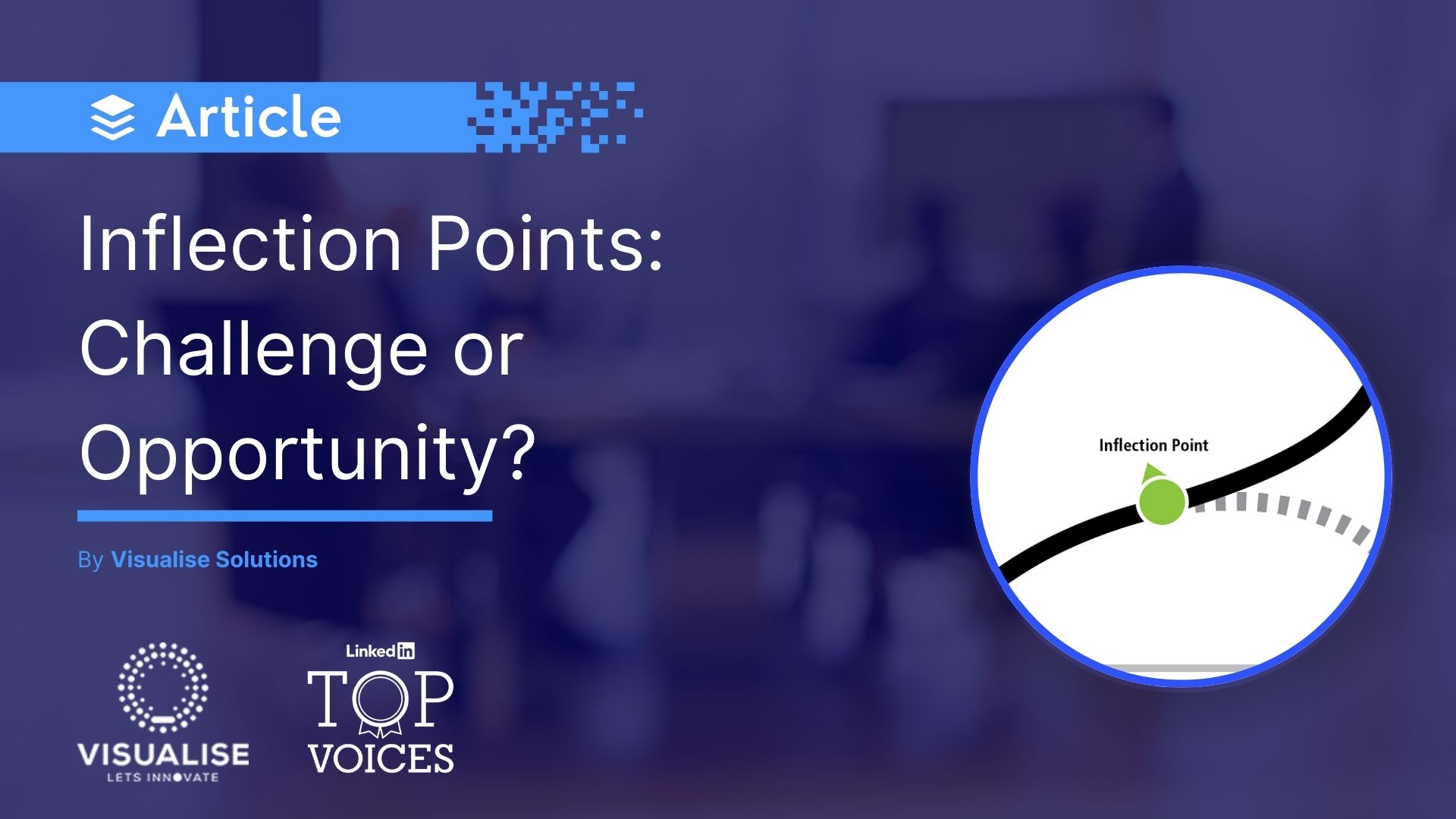 Inflection Points: Challenge or Opportunity?
Inflection Points: Challenge or Opportunity?
An inflection point represents a pivotal event that induces a significant shift in the trajectory of a company, industry, sector, economy, or geopolitical landscape. It serves as a turning point that triggers a dramatic change, with outcomes that can be either positive or negative. Companies and industries are constantly evolving through minor, incremental improvements. However, inflection points differ in scale and impact, as they introduce a profound and often irreversible transformation.
Inflection points are moments of substantial change, distinguishing from the routine, day-to-day progress typical in business or economic contexts. They result in noticeable shifts, affecting not just individual organizations but entire sectors or economies. When an inflection point is identified, it often signals the need for fundamental operational, strategic, or technological adjustments for affected entities. Failure to adapt may lead to a loss of competitiveness, potentially resulting in a company’s decline or exit from the market.
The concept of an inflection point extends beyond the business domain. It can be applied to various economic and societal shifts, including gross domestic product (GDP) fluctuations, security prices, or industry paradigms. Importantly, inflection points are not to be confused with normal fluctuations or temporary setbacks; they represent a decisive change attributed to specific causes, often creating lasting effects on the system.
Inflection points can be intentional or unintentional. Intentional inflection points arise from deliberate actions, such as a company's strategic decisions or the introduction of a groundbreaking product. In contrast, unintentional inflection points may result from unforeseen events, such as natural disasters, economic crises, or regulatory changes.
In business, Intel co-founder Andy Grove described a strategic inflection point as “an event that changes the way we think and act.” This definition underscores the profound nature of such events—they force companies to reassess their strategies and adapt to new realities. Companies that fail to recognize or react appropriately to an inflection point may quickly lose ground to more agile competitors.

When faced with an inflection point, businesses must quickly adapt or risk falling behind. Those who successfully navigate these changes can seize new opportunities and strengthen their competitive advantage. Conversely, companies that need to be faster to adapt may suffer, as illustrated by the decline of Palm Inc. and Nokia in the mobile technology sector.
The introduction of the smartphone serves as a prime example of a technological inflection point. Palm Inc., once a leading manufacturer of personal digital assistants (PDAs), attempted to adapt to the new market conditions by releasing the Palm Treo smartphone. However, it struggled to compete with industry giants like BlackBerry and Apple’s iPhone. This failure to keep pace with the rapid technological shift ultimately led to a significant decline in Palm’s market value, culminating in its acquisition by Hewlett-Packard in 2010.
Similarly, Nokia, which dominated the mobile phone market in the early 2000s with a market share of over 30%, needed help to maintain its leadership position as smartphones became the industry standard. By 2013, Nokia had sold its mobile phone business to Microsoft, and its presence in the mobile phone market remains a shadow of its former self.
These examples demonstrate the critical importance of adaptability in the face of inflection points. Companies that recognize and respond effectively to such changes can remain competitive, while those that fail to do so risk obsolescence.
Beyond the corporate world, inflection points also occur on a macroeconomic and geopolitical scale. Regulatory changes, for instance, can create inflection points for entire industries. A corporation that once struggled with regulatory compliance may suddenly find itself liberated by a change in legislation, opening up new growth opportunities. Alternatively, regulatory tightening may restrict operations, forcing businesses to innovate or exit the market.
Technological advancements, such as the advent of the internet and smartphones, represent inflection points that have reshaped entire industries. In geopolitics, events like the fall of the Berlin Wall or the collapse of communism in Eastern Europe are examples of inflection points that altered the global political landscape, influencing economic systems and global trade relations for decades.
Inflection points often become apparent only in hindsight, as their full impact may take time to materialize. For instance, the 2008 financial crisis, a significant economic inflection point, fundamentally changed how financial institutions operate and prompted widespread regulatory reforms in the banking sector.
The real-world implications of inflection points are wide-ranging. For companies, recognizing an inflection point early can be the difference between growth and decline. Those that adjust their strategies in response to a major shift, such as technological innovation or regulatory change, can capitalize on new opportunities. For instance, Apple’s ability to dominate the smartphone market following the iPhone’s release reflects its capacity to recognise and drive a technological inflection point.
However, inflection points also expose vulnerabilities in companies that cannot adapt. Palm’s failure to compete in the smartphone market and Nokia’s inability to maintain its leadership in mobile technology are cautionary tales of what can happen when companies are slow to respond to dramatic changes in the competitive landscape.
Inflection points are critical moments that redefine the future of companies, industries, and economies. They force stakeholders to reconsider their strategies and approaches, often compelling them to make fundamental changes to remain relevant. The consequences of an inflection point can be transformative, offering challenges and opportunities for those affected. Whether driven by intentional actions or unforeseen events, inflection points demand a strategic response—those who can adapt will thrive, while those who cannot will decline.
Understanding the nature of inflection points is essential for businesses and policymakers alike. It allows them to anticipate and respond to significant changes that have the potential to reshape industries and societies. In an increasingly dynamic global environment, recognizing and adapting to inflection points will be a key determinant of long-term success.
Visualise Solutions is a boutique strategy consultancy firm based in Leicestershire, UK. Transform your business with our strategic advisory services, focusing on innovation, strategy formulation, and execution. Utilise our expertise in strategy, business model innovation, OKRs, and balanced scorecards.
You're able to learn more about us by contacting us now.
Tags: Business Strategy, Innovation, Leadership
 Creating Sustainable Blue Oceans
Creating Sustainable Blue Oceans
The concept of Blue Ocean Strategy has captivated business leaders worldwide, offering a compelling approach to creating uncontested market spaces free from competition. However, sustainability remains a critical question. Renowned strategist Michael Porter has been sceptical of the long-term viability of Blue Oceans, arguing that competition is inevitable. Without proper strategic alignment, these new markets often turn into competitive “red oceans.”
This article delves into what separates high-performing, sustainable market-creating strategies from those that fail to last. We explore Porter’s critique and introduce the crucial role of aligning the three strategy propositions—value, profit, and people—as the key to sustaining a Blue Ocean.
Michael Porter, known for his Five Forces framework, emphasizes that competition cannot be avoided. In his view, the Blue Ocean Strategy—an approach that seeks to create new market spaces with little to no competition—is often unrealistic in the long run. Porter’s critique centres on three main points:
To create a sustainable Blue Ocean, companies need more than just a compelling value proposition; they must align their entire strategy with three critical propositions: the value proposition, the profit proposition, and the people proposition. This holistic approach ensures that the strategy is well-formulated and effectively executed.
The failure to align these three propositions often leads to short-lived success or outright failure. A notable example is Napster, the pioneering digital music platform. Despite creating a compelling value proposition with a first-mover advantage and over 80 million users, Napster failed to align its people and profit propositions. The company’s refusal to collaborate with record labels on a sustainable revenue model led to its downfall. Napster's Blue Ocean turned red without industry support or a viable profit proposition, and its success was short-lived.
A successful example of Blue Ocean Strategy alignment is Comic Relief, a UK charity that transformed the competitive landscape of fundraising. When Comic Relief launched in 1985, the charity sector in the UK was overcrowded, and donor fatigue was widespread. However, Comic Relief differentiated itself by aligning its value, profit, and people propositions, creating a sustainable and thriving Blue Ocean.
Organizations must continuously evaluate how their strategy propositions align and support each other to create a sustainable Blue Ocean. Key questions include:
The alignment of the value, profit, and people propositions around differentiation and low cost is the key to sustaining a Blue Ocean strategy. This strategic alignment makes imitation by competitors more difficult, extending the lifespan and impact of the Blue Ocean. Comic Relief’s enduring success demonstrated that a well-aligned strategy can keep an organization thriving in uncontested market space for decades. In contrast, misalignment, as seen in Napster’s downfall, can quickly lead to failure.
Organizations aiming to build sustainable Blue Oceans must prioritize strategic alignment, ensuring that all three propositions work together to reinforce and sustain their market position. By doing so, they can navigate the competition challenges and continue to innovate, keeping their Blue Oceans alive and thriving.
Visualise Solutions is a boutique strategy consultancy firm based in Leicestershire, UK. Transform your business with our strategic advisory services, focusing on innovation, strategy formulation, and execution. Utilise our expertise in strategy, business model innovation, OKRs, and balanced scorecards.
You can learn more about us by contacting us now.
Tags: Business Strategy, Innovation, Leadership
 How to Make Strategy Meetings More Impactful
How to Make Strategy Meetings More Impactful
Strategy review meetings in many organisations have become routine, uninspiring, and increasingly dysfunctional. Typically conducted quarterly, these meetings bring senior executives and select team members together to discuss progress on the strategic plan. When tools like the Balanced Scorecard are used, these discussions follow a predictable pattern: reviewing financials, customer metrics, internal processes, and organisational capacity in sequence. While this structure might seem logical on the surface, it falls short in facilitating meaningful dialogue and effective decision-making.
This article explores three critical issues that undermine the effectiveness of strategy review meetings: the inadequacy of performance storytelling, the problem of isolated reporting, and the narrow, inward-focused nature of discussions. We will also propose actionable solutions to transform these meetings into more valuable, forward-looking conversations.
A significant flaw in current strategy review practices is the overreliance on Key Performance Indicators (KPIs) as the sole measure of success. While KPIs serve as indicators of performance, they are not the complete story; they should be the starting point of the conversation, not the conclusion. Unfortunately, many organizations focus excessively on "reporting by exceptions," which means discussing only the objectives flagged as red (underperforming) and sometimes yellow (at risk). This approach encourages a blame culture where teams either fight for easier targets or manipulate data to avoid the dreaded red status. Such practices inhibit meaningful dialogue about performance and can demoralize teams.
To address this, organizations should incorporate advanced data analytics into their reporting systems. Descriptive analytics can provide insights into what happened, while diagnostic analytics help explain why it happened. Predictive analytics can then forecast future performance trends based on current paths. This approach enables richer, more informed discussions about performance that go beyond simple status updates and drive strategic decision-making.
Another common pitfall in strategy review meetings is the tendency to discuss objectives in isolation. This is counterproductive because frameworks like the Balanced Scorecard are designed to capture the interdependencies between objectives, KPIs, targets, and initiatives. Focusing on individual objectives separately does not provide a holistic view of performance and can lead to suboptimal decision-making.
A more effective approach would involve having cross-functional teams of objective owners present and discuss causality and interdependencies. Instead of isolating discussions around single objectives, the conversation should focus on whether the assumed causal relationships between objectives are holding true and how they impact the broader strategic goals.
Some organizations attempt to solve this problem by rotating the focus of strategy review meetings among different strategic themes each quarter. However, this still needs to address strategy more cohesively. Strategic themes, such as operational excellence, customer management, and innovation, are not mutually exclusive; they are interconnected and contribute collectively to the organization's ultimate goals. Reporting by theme or perspective in isolation can limit the understanding of how these elements work together to deliver value.
A pervasive issue in many strategy review meetings is their inward focus—monitoring progress against internal objectives without sufficient consideration of external dynamics. This inward-looking approach creates a false sense of security. Organizations may feel content when all objectives are marked green, believing they are on the right path. However, this complacency can be dangerous, as it overlooks potential disruptions from competitors, market shifts, and other external threats.
To avoid being blindsided, strategy review meetings should allocate as much time to discussing external factors as they do to internal performance. These conversations should include insights from advanced data analytics, external market sensors, and other tools that help detect early signs of changing customer behavior or competitive moves. An effective starting point for these discussions could be asking, “What is the Balanced Scorecard system not telling us?” This question encourages a broader examination of strategic risks that may not be immediately apparent through conventional metrics.
To create a more dynamic and effective strategy review process, organizations should consider several key changes:
For strategy review meetings to become more than just ritualistic gatherings, organizations must rethink their approach. The goal should be to foster open, meaningful dialogue that goes beyond performance status updates and embraces a holistic view of strategy. By integrating advanced analytics, fostering cross-functional discussions, and maintaining an outward focus, organizations can transform these meetings into powerful tools for navigating a complex and ever-changing business environment.
Ultimately, strategy is not about achieving "all green" on the scorecard; it's about continuously adapting and evolving in response to both internal performance and external realities. By adopting a more dynamic, forward-looking approach, organizations can ensure that their strategy review meetings truly add value and drive sustained success.
Visualise Solutions is a boutique strategy consultancy firm based in Leicestershire, UK. Transform your business with our strategic advisory services, focusing on innovation, strategy formulation, and execution. Utilise our expertise in strategy, business model innovation, OKRs, and balanced scorecards.
You can learn more about us by contacting us now.
Tags: Innovation, Leadership, Business Strategy
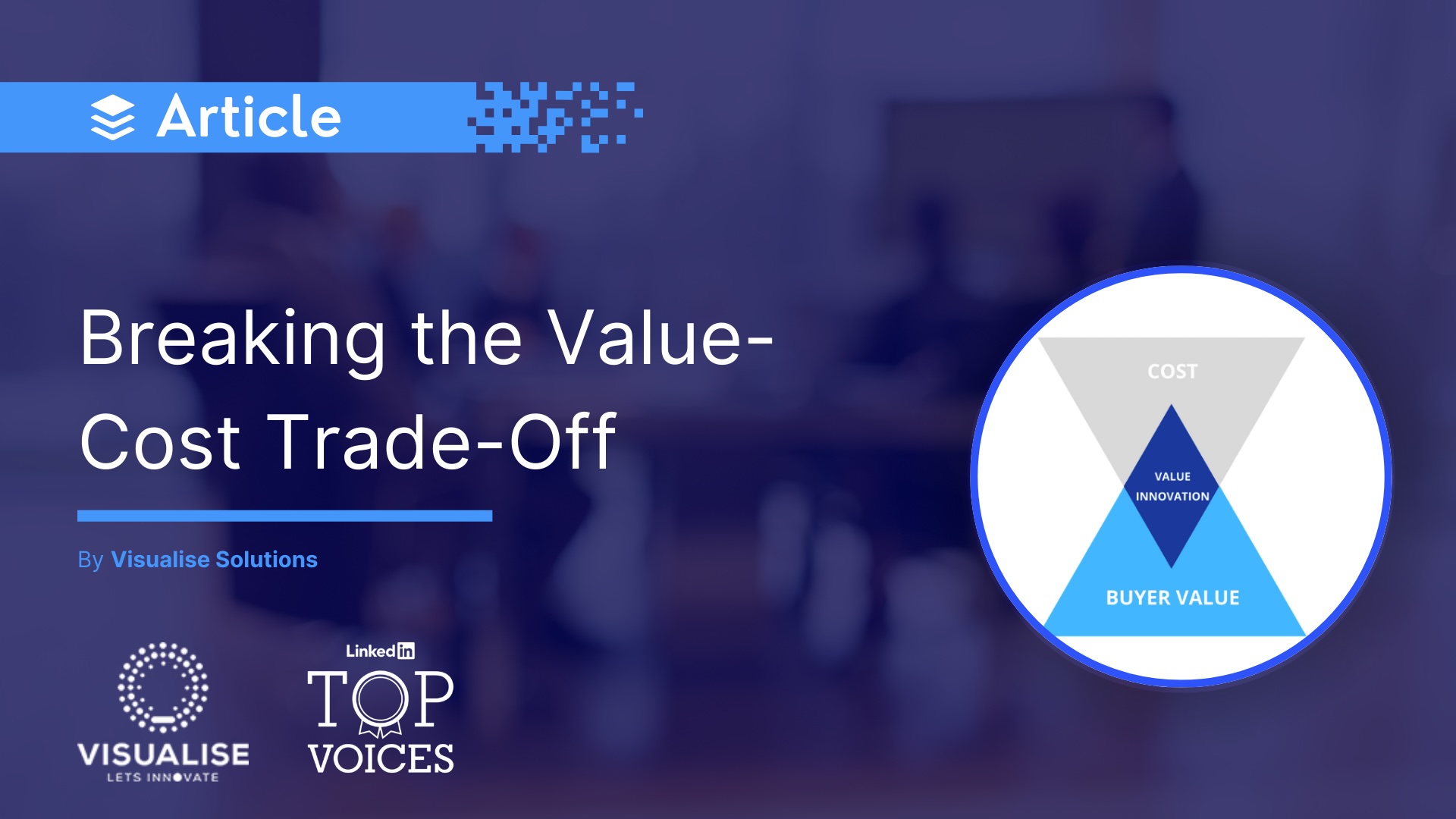 Breaking the Value-Cost Trade-Off
Breaking the Value-Cost Trade-Off
In the dynamic world of business strategy, the pursuit of competitive advantage often revolves around a fundamental dilemma: should a company differentiate itself by providing greater value at a higher cost, or should it compete on price by delivering reasonable value at a lower cost? This long-held belief, known as the value-cost trade-off, has shaped the strategic decisions of countless businesses. However, the concept of value innovation, developed by Chan Kim and Renée Mauborgne, challenges this conventional wisdom by proposing a radically different approach.
The Essence of Value Innovation
Value innovation is the simultaneous pursuit of differentiation and low cost, creating a leap in value for both buyers and the company. It is the cornerstone of market-creating strategies, such as the blue ocean strategy, which seeks to make the competition irrelevant by opening up new, uncontested market spaces. At its core, value innovation emphasizes that true strategic success arises not from choosing between differentiation and cost leadership but from achieving both simultaneously.
The concept is built on a simple yet profound understanding of value. Value to buyers is determined by the utility they receive from an offering minus its price. Conversely, value to the company is derived from the offering’s price minus its cost. Value innovation is achieved only when the entire system of utility, price, and cost is aligned to benefit both the company and its customers.

Balancing Value and Innovation
Value innovation is distinct because it emphasises value and innovation equally. Focusing solely on value with innovation often results in incremental improvements that significantly impact the marketplace. These improvements, while valuable, do not create a new frontier for growth or a unique competitive advantage.
On the other hand, innovation without consideration of value can lead to technology-driven or futuristic offerings that exceed what buyers are prepared to accept or pay for. In these cases, the innovation may be ahead of its time, but it does not translate into market success. Therefore, value innovation requires a delicate balance, ensuring that innovation is coupled with tangible benefits that customers recognize and are willing to pay for.
Defying the Value-Cost Trade-Off
Value innovation challenges the traditional belief that companies must choose between differentiation and low cost. Instead, it seeks to break the value-cost trade-off by simultaneously pursuing both objectives. This approach creates "blue oceans"—untapped market spaces where competition is irrelevant and new demand is made.
To achieve value innovation, businesses must rethink their strategies and question industry norms. This can be done by addressing four critical questions:

Conclusion: Creating a Leap in Value
Value innovation requires a mindset shift away from the conventional focus on competing within established industry boundaries. It invites companies to look beyond the existing competitive landscape and rethink how they deliver value. By challenging the value-cost trade-off and asking the right strategic questions, businesses can unlock new growth opportunities and create a leap in value for themselves and their customers.
This approach encourages organizations to break free from the constraints of competition-based strategy and instead explore new frontiers where the rules are yet to be written. The opportunities for differentiation and cost leadership are boundless. In doing so, companies can build sustainable success in a rapidly changing world, not by playing the game better than others but by redefining it.
Visualise Solutions helps businesses innovate and make measurable progress towards their business outcomes so their companies thrive.
Elevate your business results with expert innovation and strategy, including advanced business model innovation, effective OKR, and balanced scorecard frameworks.
You're able to learn more about us by contacting us now.
Tags: Business Strategy, Innovation, Leadership
 The 9 Steps to Success Strategy Process
The 9 Steps to Success Strategy Process
The Balanced Scorecard (BSC) has long been recognized as a powerful tool for strategic planning and performance management. The Balanced Scorecard Institute (BSI), an authority in the field, developed the 9 Steps to Success™ framework, which provides organizations with a structured approach to developing, implementing, and sustaining a balanced scorecard system. This process helps organizations translate strategy into actionable objectives, measurable performance indicators, and initiatives that drive desired outcomes.
The first step in the process involves a comprehensive assessment of the organization’s current strategic planning and performance management practices. This step includes understanding the organization’s mission, vision, values, and internal and external environment. Key questions at this stage involve determining the organization’s readiness for change, identifying stakeholders, and analyzing current strengths, weaknesses, opportunities, and threats (SWOT analysis). The assessment forms the foundation for developing a clear and actionable strategy.
With a solid understanding of the current state, the next step focuses on developing or refining the organization’s strategy. This involves clarifying the strategic vision, mission, and values. The goal is to articulate a compelling future vision, define strategic themes, and prioritize strategic objectives. These elements provide direction and ensure alignment across the organization. This step may also involve choosing where to compete (markets, customer segments) and determining how to win (value proposition and competitive advantage).
Strategic objectives are the specific goals that drive the organization’s strategy. In this step, organizations develop a strategic map. This visual representation illustrates the cause-and-effect relationships between different objectives across the four perspectives of the balanced scorecard: Financial, Customer, Internal Process, and Organisational Capability. The strategic objectives should be specific, measurable, achievable, relevant, and time-bound (SMART), aligning with the overall strategy and vision.
A strategy map is a powerful tool for communicating how the organization’s strategic objectives align and support one another. The map visually demonstrates the cause-and-effect linkages among the objectives across the four balanced scorecard perspectives. This visualization helps ensure that all team members understand their roles in achieving strategic goals. By linking objectives, the strategy map enables leaders to see how improvements in one area can impact others, helping to prioritize efforts and resources effectively.
Performance measures, or Key Performance Indicators (KPIs), are essential for monitoring progress toward strategic objectives. During this step, organizations identify and define the KPIs to track performance across the balanced scorecard’s four perspectives. Each objective should have one or more KPIs that are quantifiable, reliable, and directly related to the desired outcomes. Selecting the right KPIs is crucial, as they provide the data needed to make informed decisions, identify gaps, and take corrective actions.
Strategic initiatives are the key actions or projects that will drive progress toward achieving strategic objectives. In this step, organizations prioritize initiatives that impact strategic goals most and allocate resources accordingly. Initiatives should be carefully selected based on their potential to close performance gaps, enhance capabilities, or address critical areas identified in the strategy map. This stage also involves assigning responsibilities, defining timelines, and setting budgets for each initiative.
Automation is critical to the balanced scorecard process, especially for large organizations. Implementing automation tools, such as performance management software, can streamline the data collection, analysis, and reporting processes. Automation reduces manual effort, enhances data accuracy, and provides real-time insights into performance. This step ensures that performance information is readily available to stakeholders, enabling timely decision-making and allowing organizations to adapt to changing circumstances.
Cascading the balanced scorecard involves translating high-level strategic objectives into more detailed objectives, measures, and initiatives at different levels of the organization. This step ensures alignment across all units and departments, creating a clear line of sight from individual performance to the overall organizational strategy. Cascading helps build engagement and ownership at every level, empowering employees to see how their roles contribute to the broader strategic goals.
The final step focuses on continuously monitoring, evaluating, and refining the balanced scorecard system. This involves regular review meetings, performance assessments, and feedback loops to ensure the strategy remains relevant and practical. The organization should evaluate the results achieved against the desired outcomes, identify areas for improvement, and adjust objectives, measures, or initiatives as needed. Sustaining success requires a culture of continuous improvement, where strategic thinking and execution become ingrained in the organization’s DNA.
The 9 Steps to Success™ process by the Balanced Scorecard Institute provides a structured and comprehensive approach to strategic planning and management. By following these steps, organizations can effectively translate strategy into actionable plans, measure and monitor performance, and achieve their desired outcomes. The process helps organizations align their resources, engage their workforce, and continuously adapt to changing environments, ultimately driving sustained success.
By adhering to this systematic approach, organizations can navigate the complexities of strategy execution, ensuring that their efforts lead to meaningful and measurable progress toward their vision and goals.
Visualise Solutions helps businesses innovate and make measurable progress towards their business outcomes so their companies thrive.
Elevate your business results with expert innovation and strategy, including advanced business model innovation, effective OKR, and balanced scorecard frameworks.
You can learn more about us by contacting us now.
Tags: Business Strategy, Innovation, Leadership
 Strategic Thinking in Today’s Complex World
Strategic Thinking in Today’s Complex World
In today’s rapidly evolving and complex business environment, the importance of strategic thinking cannot be overstated. Organizations, regardless of their size or industry, are facing unprecedented challenges. These range from technological disruptions and global competition to shifting consumer behaviours and regulatory changes. In such a volatile landscape, the ability to think strategically has become a critical determinant of success. This article explores why strategic thinking is more crucial than ever and how it is the foundation for sustainable growth and competitive advantage.
The pace of change in the modern business world is relentless. Technological advancements, such as artificial intelligence, blockchain, and automation, rapidly transform industries. Meanwhile, global events—ranging from pandemics to geopolitical tensions—add layers of uncertainty. Traditional planning methods, which often rely on historical data and predictable trends, are increasingly inadequate.
Strategic thinking equips leaders with the tools to navigate this complexity. It encourages a forward-looking mindset that anticipates potential disruptions and identifies emerging opportunities. By considering a broad range of scenarios and variables, strategic thinkers can develop robust plans that are flexible and adaptable to change. This ability to think critically and creatively about the future is essential for businesses that want to stay ahead of the curve.
In an environment where resources—financial, human, or technological—are often limited, strategic thinking ensures that these resources are allocated efficiently and effectively. It involves making tough decisions about where to invest and cut back, all while keeping the organization’s long-term goals in mind.
Strategic thinkers are adept at balancing short-term needs with long-term aspirations. They understand that while immediate results are important, sustained success requires focusing on the bigger picture. By aligning resources with strategic priorities, organizations can optimize their performance and achieve their objectives more consistently.
Innovation is no longer a luxury; it’s a necessity for survival. However, innovation doesn’t happen in a vacuum. It requires a strategic approach that encourages experimentation, embraces risk, and challenges the status quo.
Strategic thinking fosters a culture of innovation by creating an environment where new ideas are valued and explored. It also enables organizations to be agile—quickly pivoting in response to new information or changes in the market. This agility is particularly important in today’s fast-paced world, where the ability to adapt can mean the difference between success and failure.
At its core, strategic thinking is about making better decisions. It involves analyzing information, weighing options, and considering the long-term implications of actions. In contrast to reactive decision-making, which often focuses on immediate concerns, strategic thinking takes a proactive approach.
This approach improves the quality of decisions and enhances problem-solving capabilities. Strategic thinkers are skilled at identifying the root causes of issues and developing solutions that address these causes rather than just the symptoms, leading to more effective and sustainable outcomes.
In a world where competitive pressures are intensifying, having a strategic edge is more important than ever. Strategic thinking helps organizations build and sustain a competitive advantage by identifying unique value propositions, understanding the competitive landscape, and positioning the organization for success.
A well-crafted strategy differentiates an organization from its competitors and creates a roadmap for achieving its vision. Organizations can continuously refine and adapt their strategies to maintain their competitive edge in changing market dynamics.
Finally, strategic thinking is crucial in aligning the organization around a common vision and purpose. When leaders communicate a clear strategy, it provides direction and focus for the entire organization. This alignment is essential for driving engagement, as employees are more motivated and committed when they understand how their work contributes to the organization’s goals.
Moreover, strategic thinking fosters a sense of ownership and accountability throughout the organization. When everyone is aligned with the strategy, decision-making becomes more decentralized, empowering teams to take initiative and act in the organisation's best interest.
In conclusion, strategic thinking is no longer just a valuable skill—it is a vital necessity for organizations that want to thrive in today’s complex and uncertain world. By fostering a strategic mindset, organizations can navigate challenges, capitalize on opportunities, and achieve long-term success. As the business landscape continues to evolve, the importance of strategic thinking will only grow, making it an essential competency for leaders at all levels.
Visualise Solutions helps medium-sized businesses innovate and make measurable progress towards their business outcomes so their companies thrive.
Elevate your business results with expert innovation and strategy, including advanced business model innovation, effective OKR, and balanced scorecard frameworks.
You can learn more about us by contacting us now.
Tags: Business Strategy, Innovation, Leadership
 OKRs
OKRs
Location: Virtual / In- person Fees: 1000
Service Type: Service Offered
 Strategy Formulation & Execution
Strategy Formulation & Execution
Location: Global / Virtual Fees: 10000
Service Type: Service Offered
 Business Innovation
Business Innovation
Location: Global / Virtual Fees: 10000
Service Type: Service Offered
 Doctorate of Business Administration
Doctorate of Business Administration Master of Science in Business Administration
Master of Science in Business Administration Choosing Meaningful KPIs for Strategy Execution
Choosing Meaningful KPIs for Strategy Execution Strategy = Saying No!
Strategy = Saying No! Forecast or Scenario?
Forecast or Scenario? Aligning Talent for Superior Strategy Execution
Aligning Talent for Superior Strategy Execution